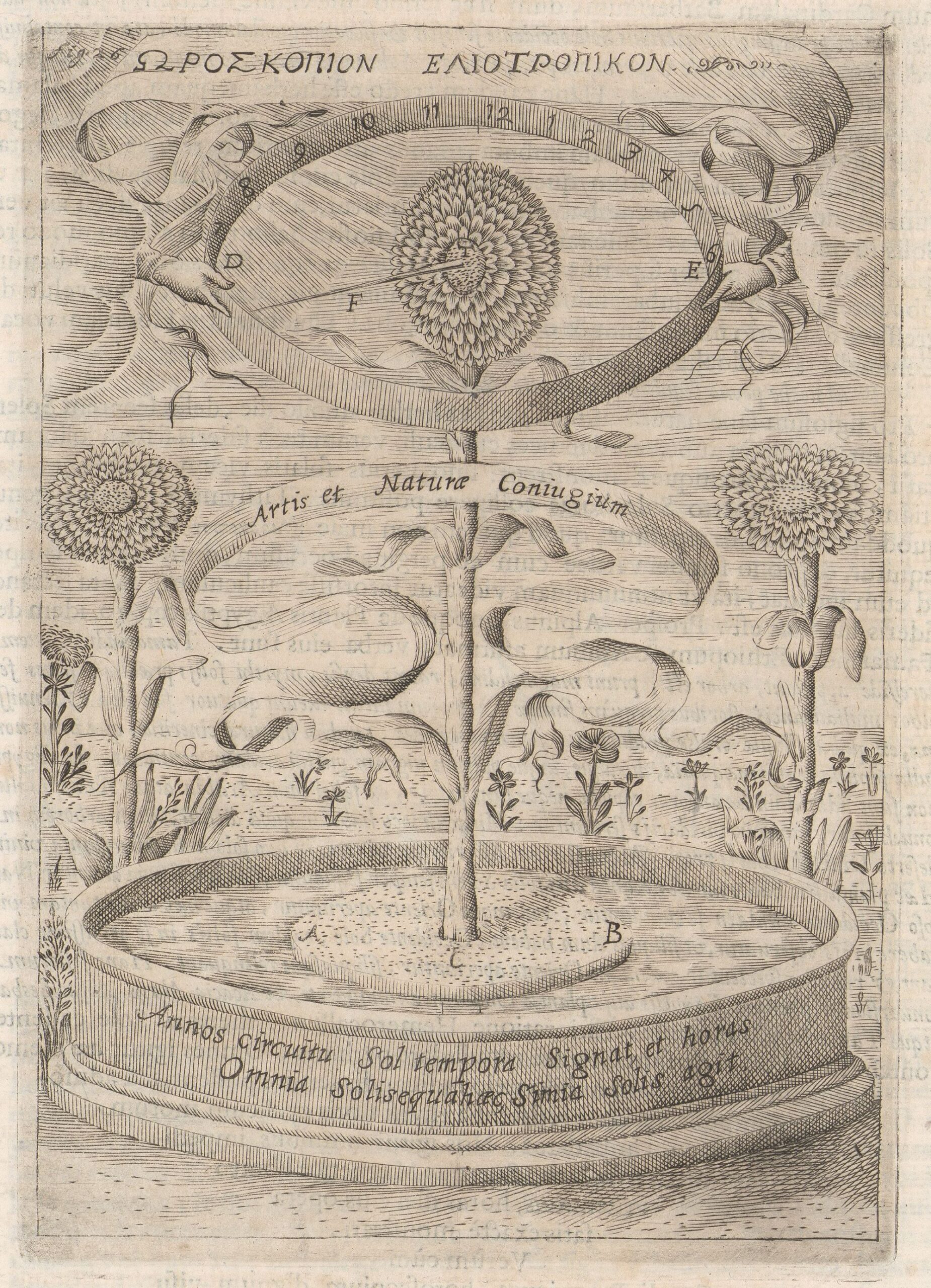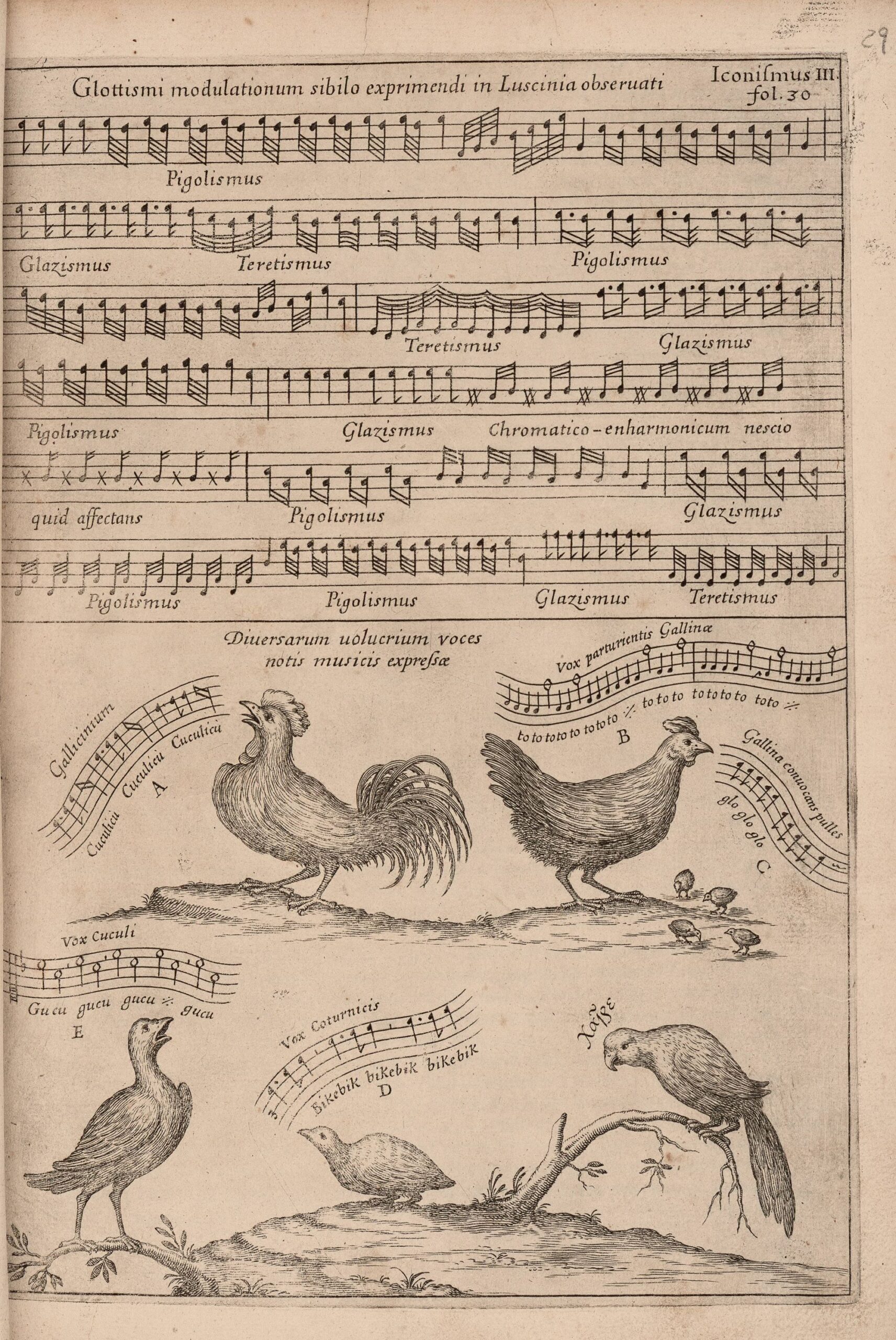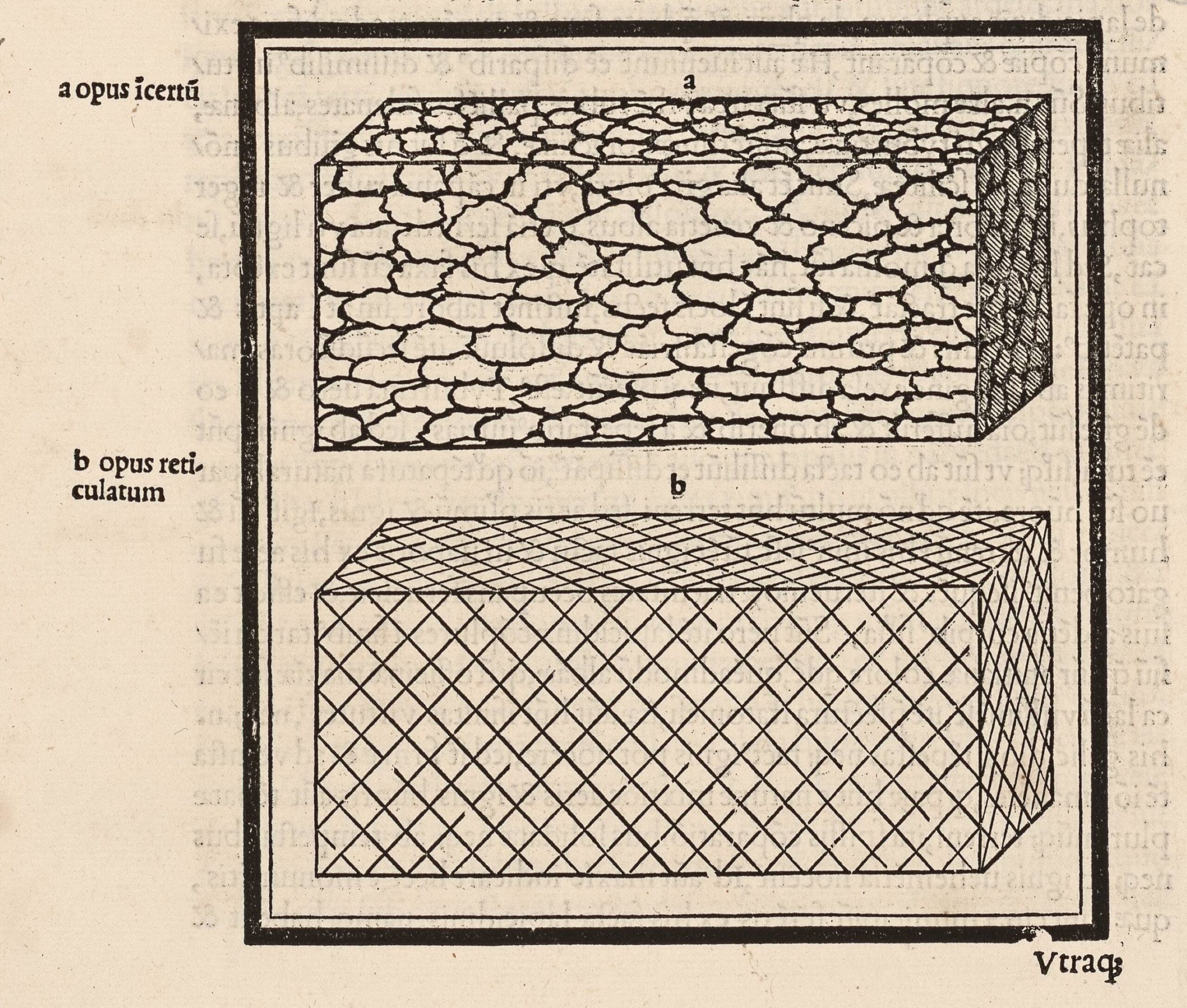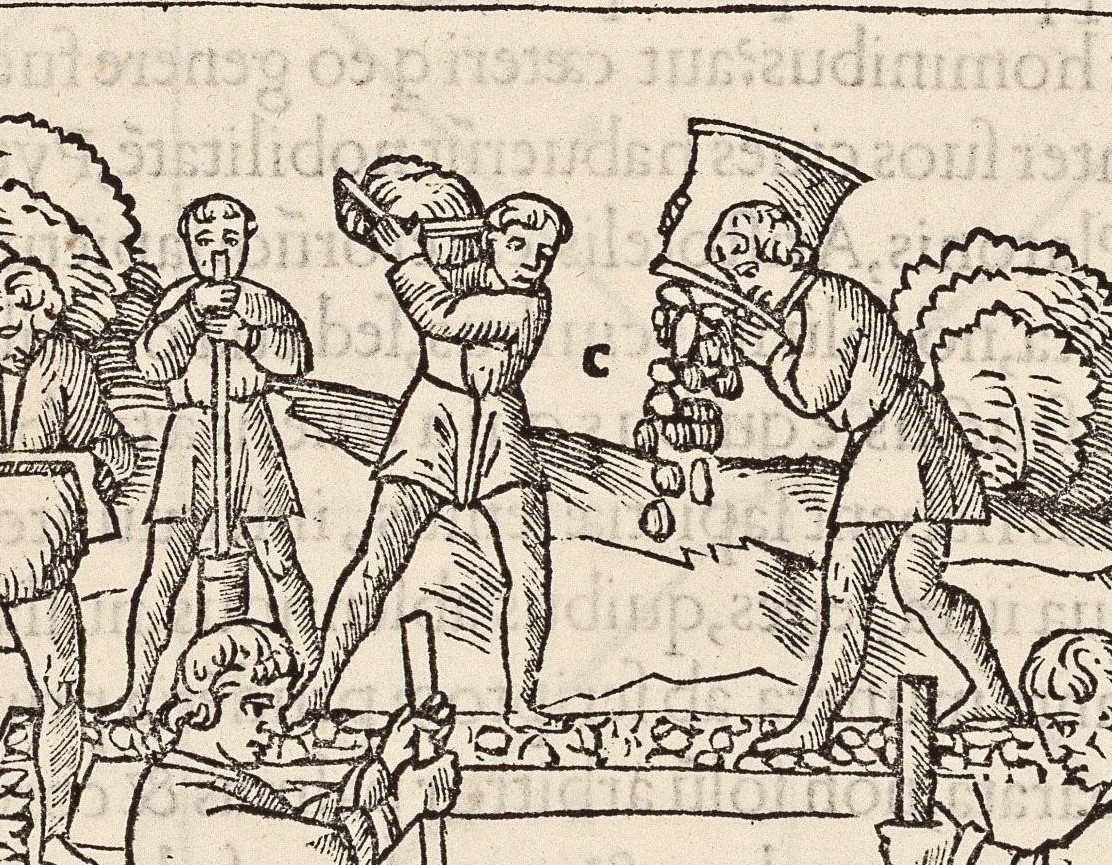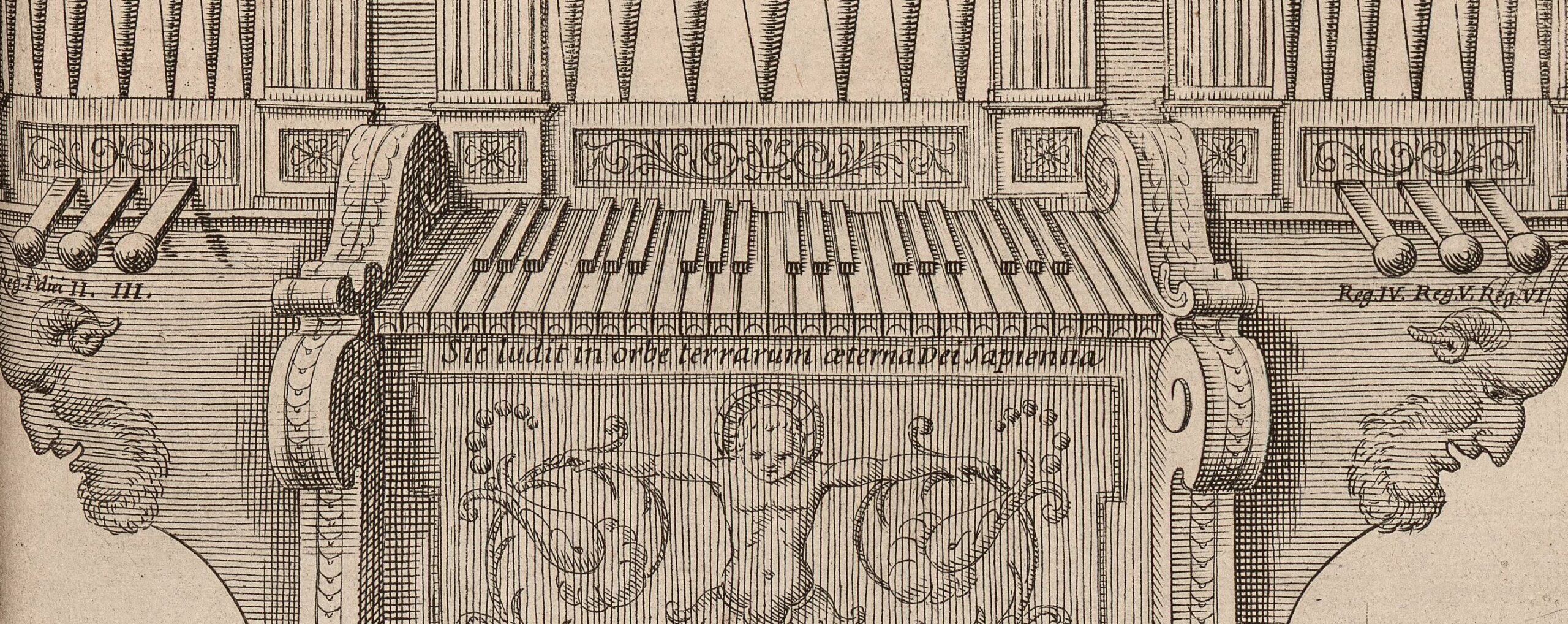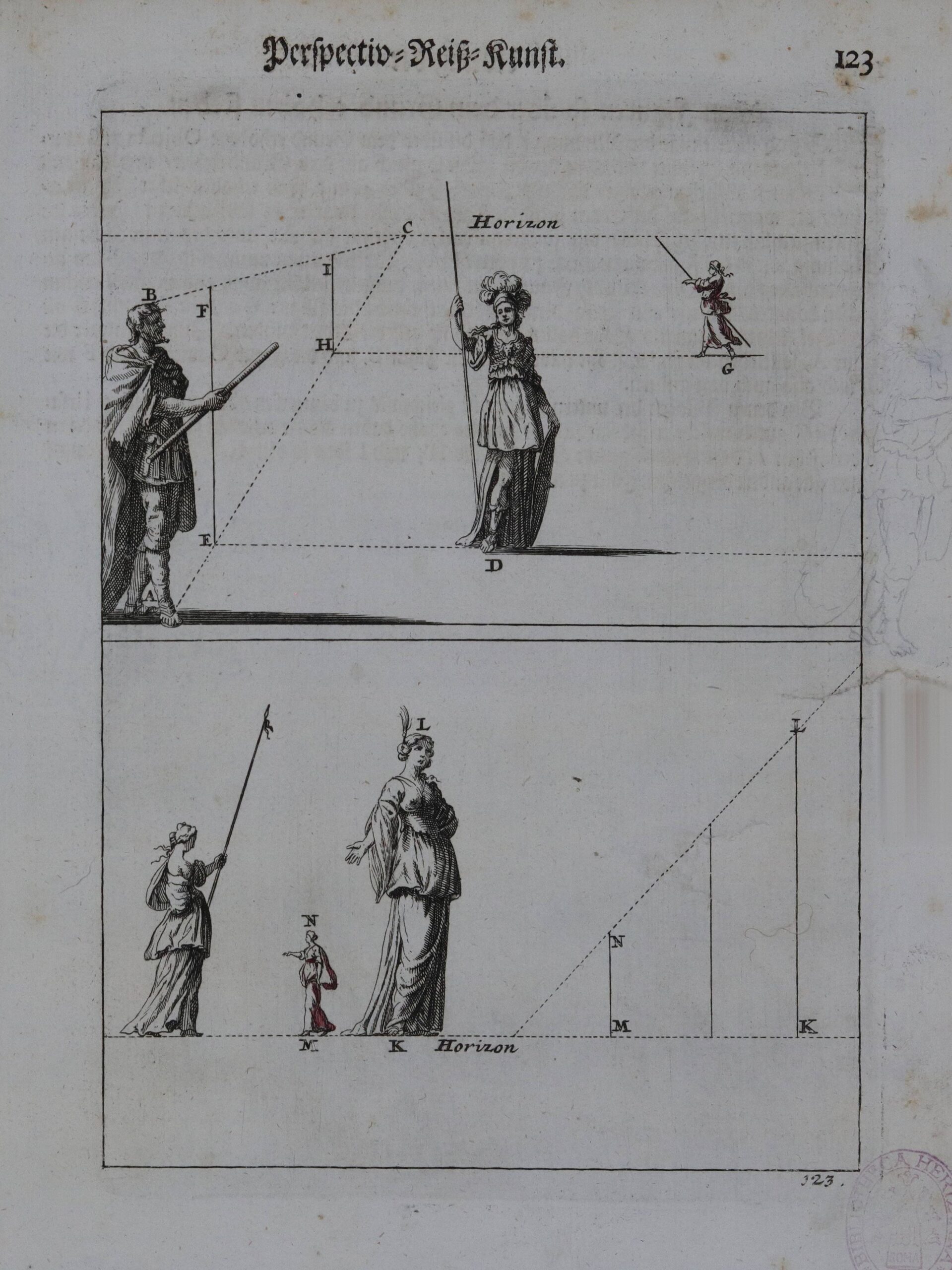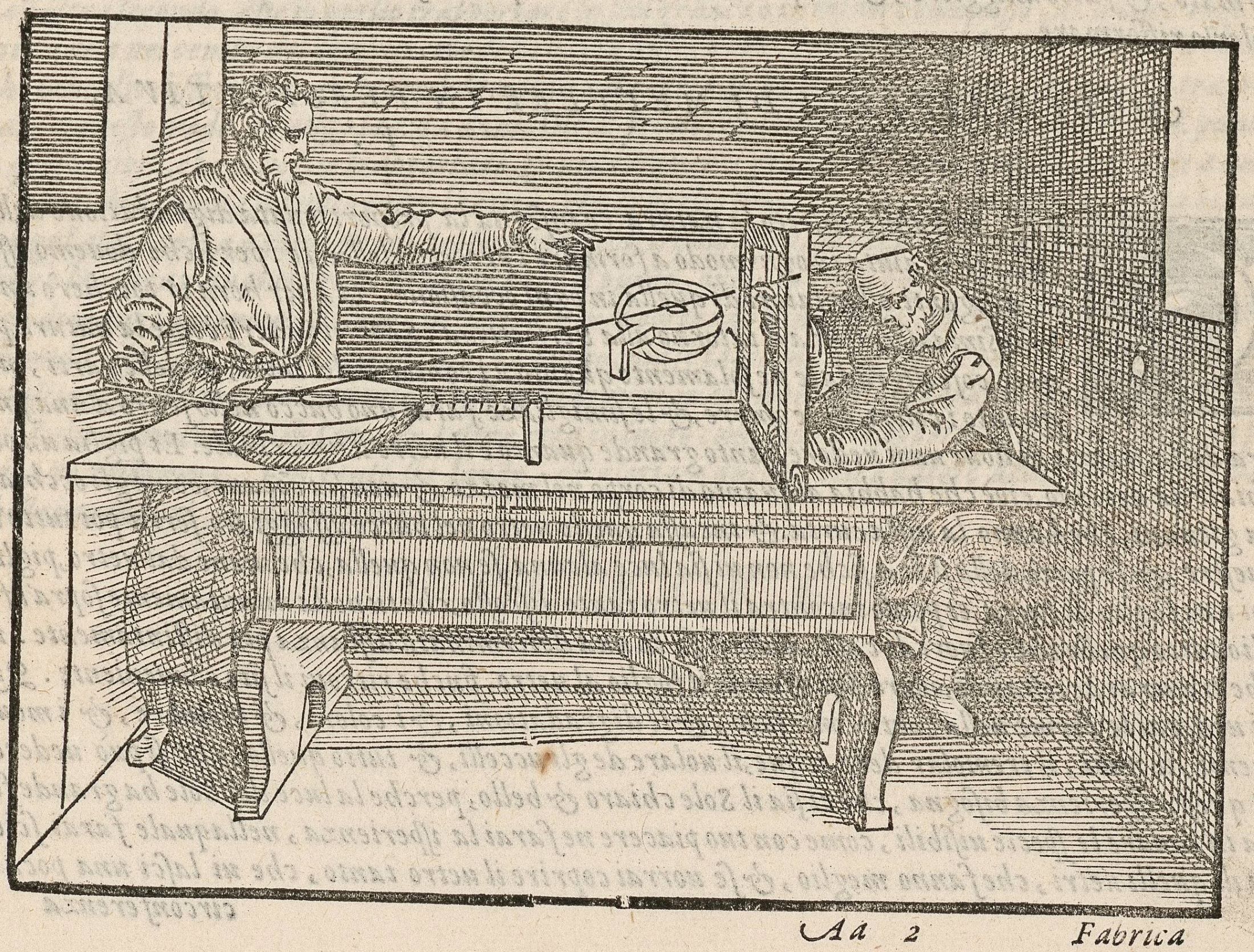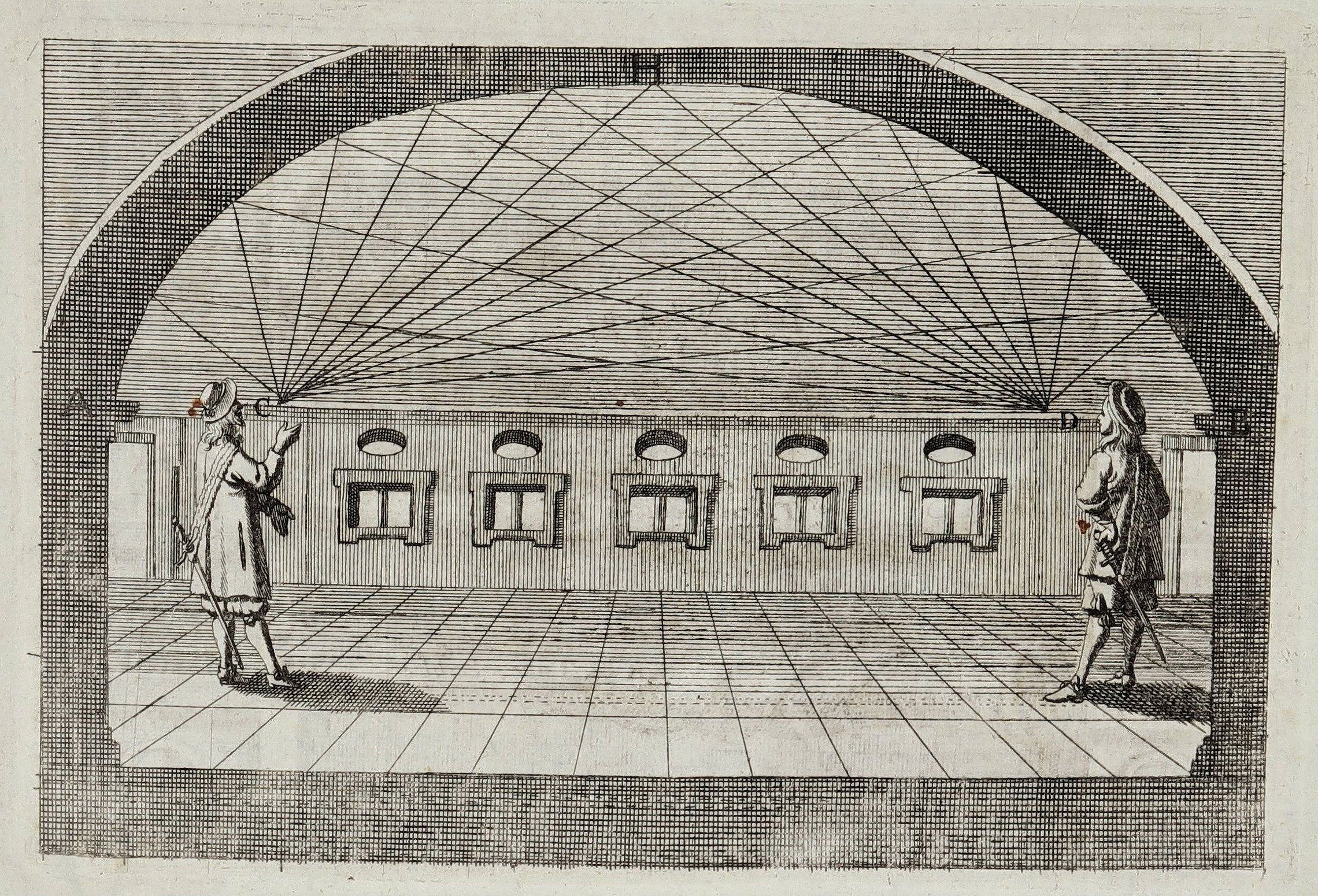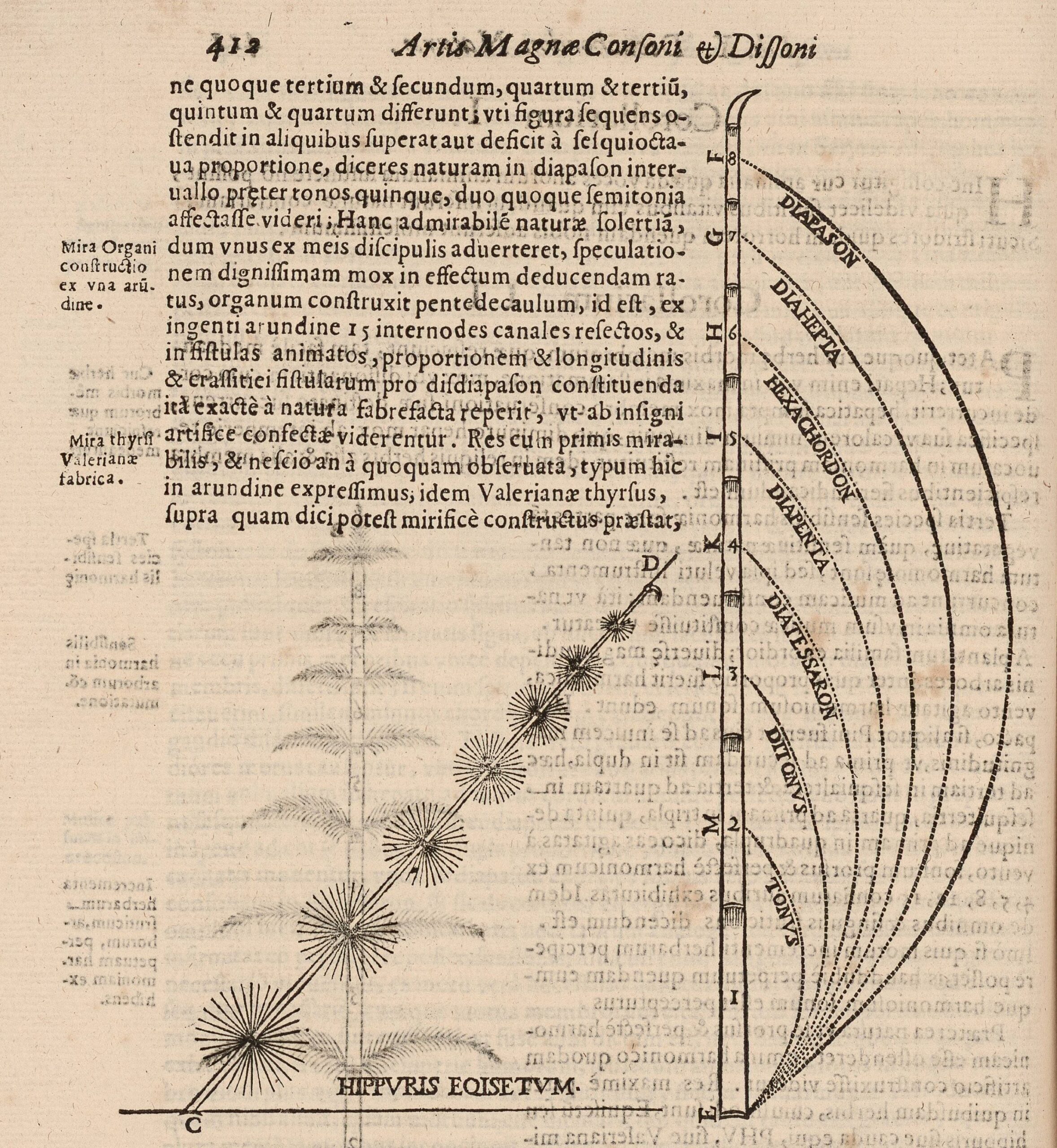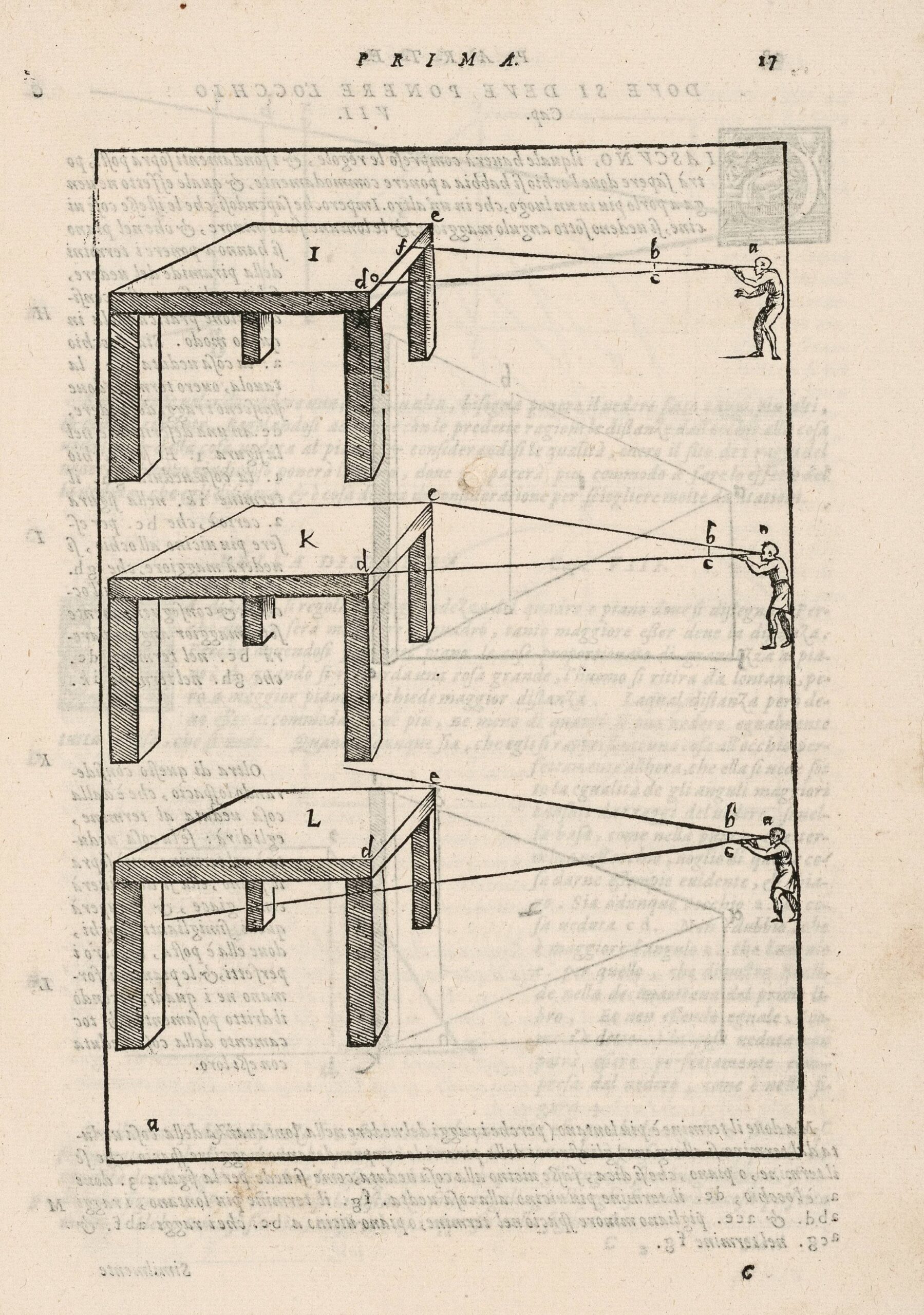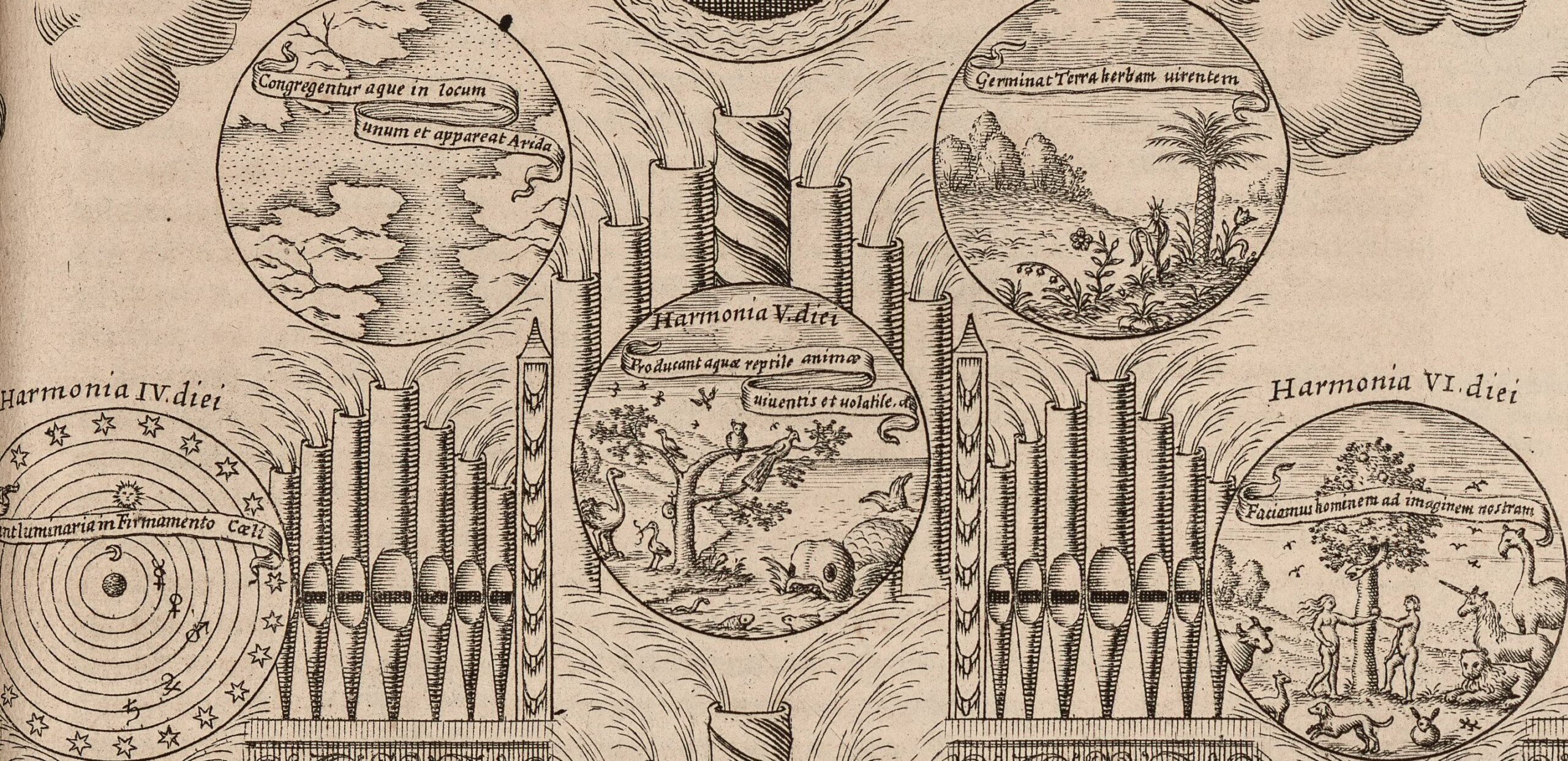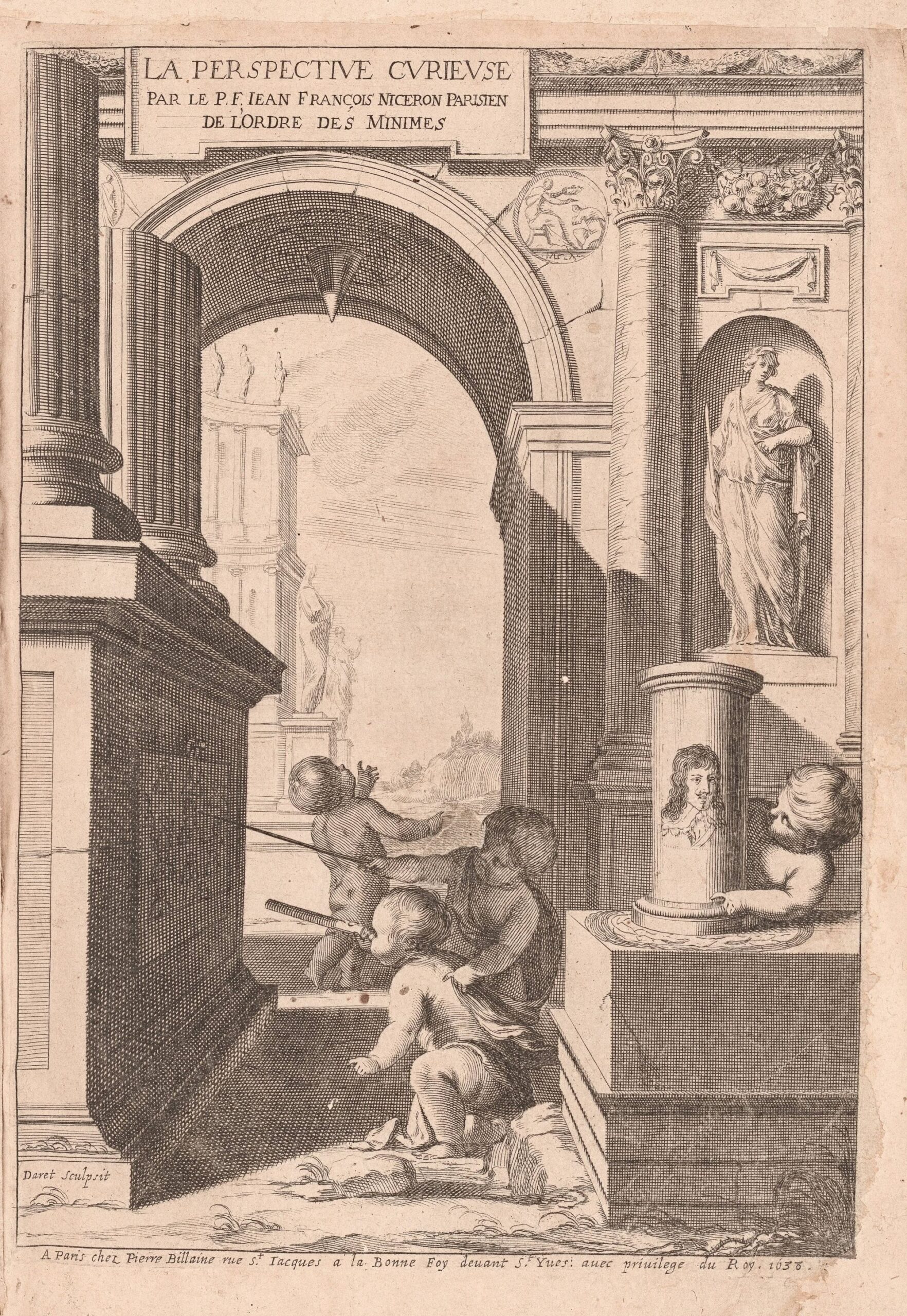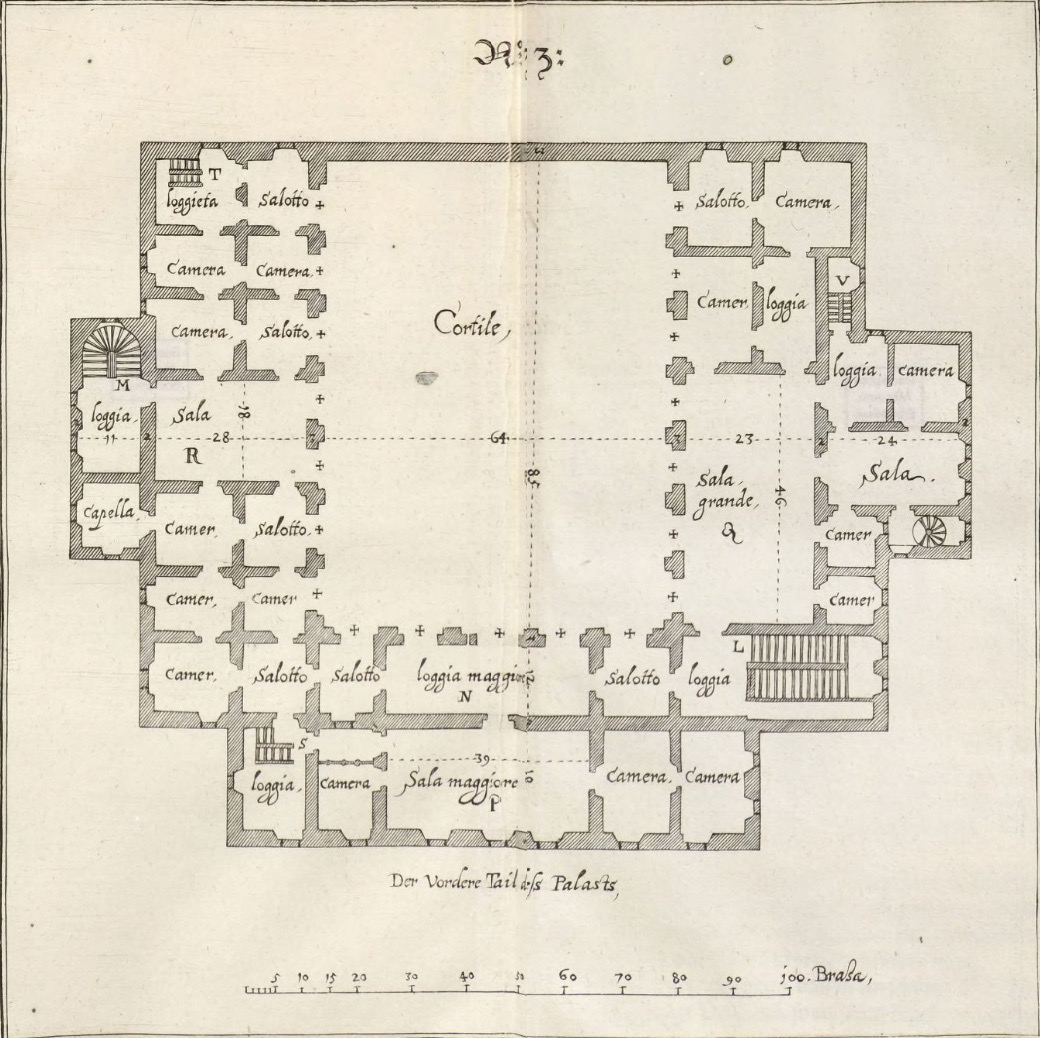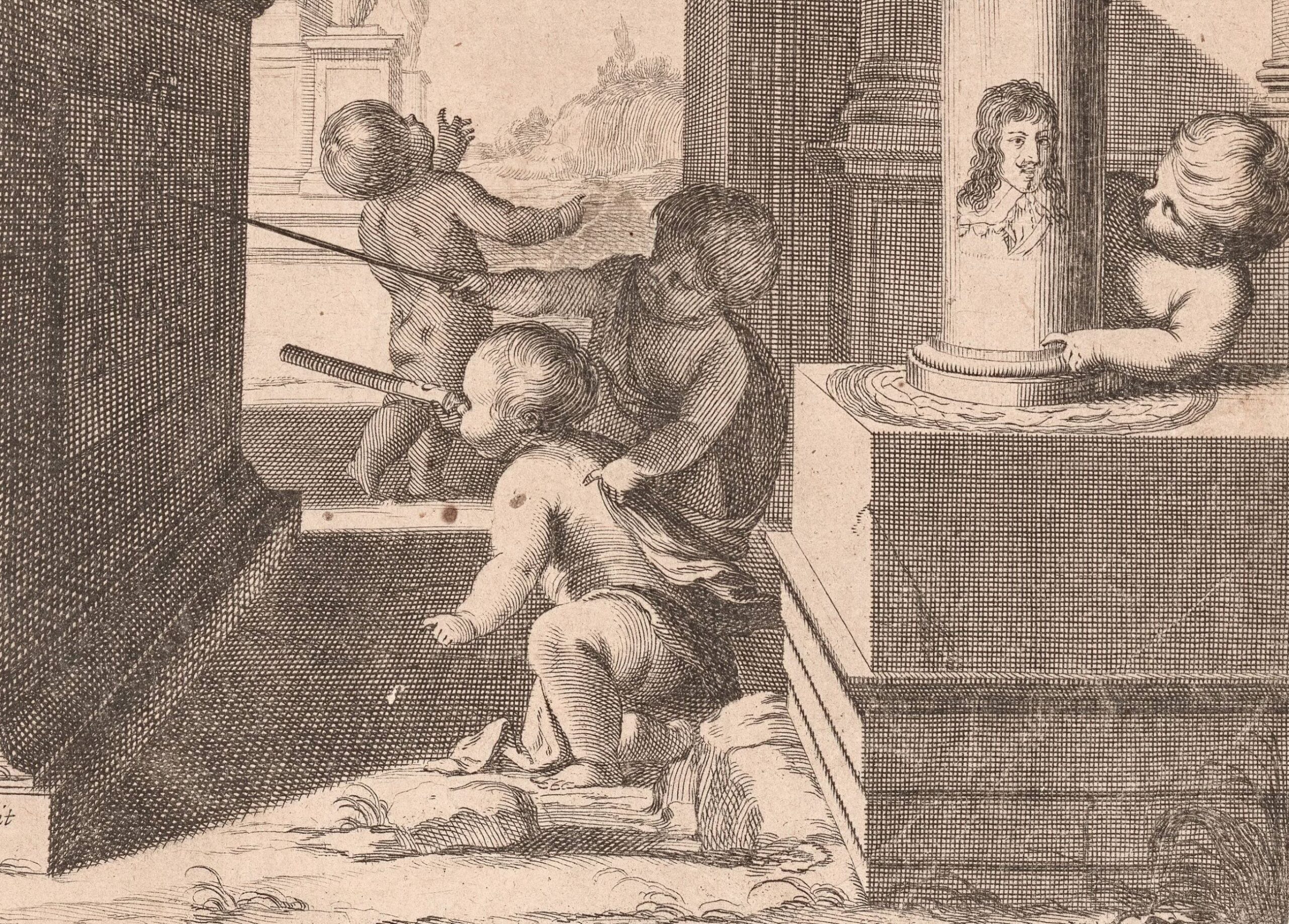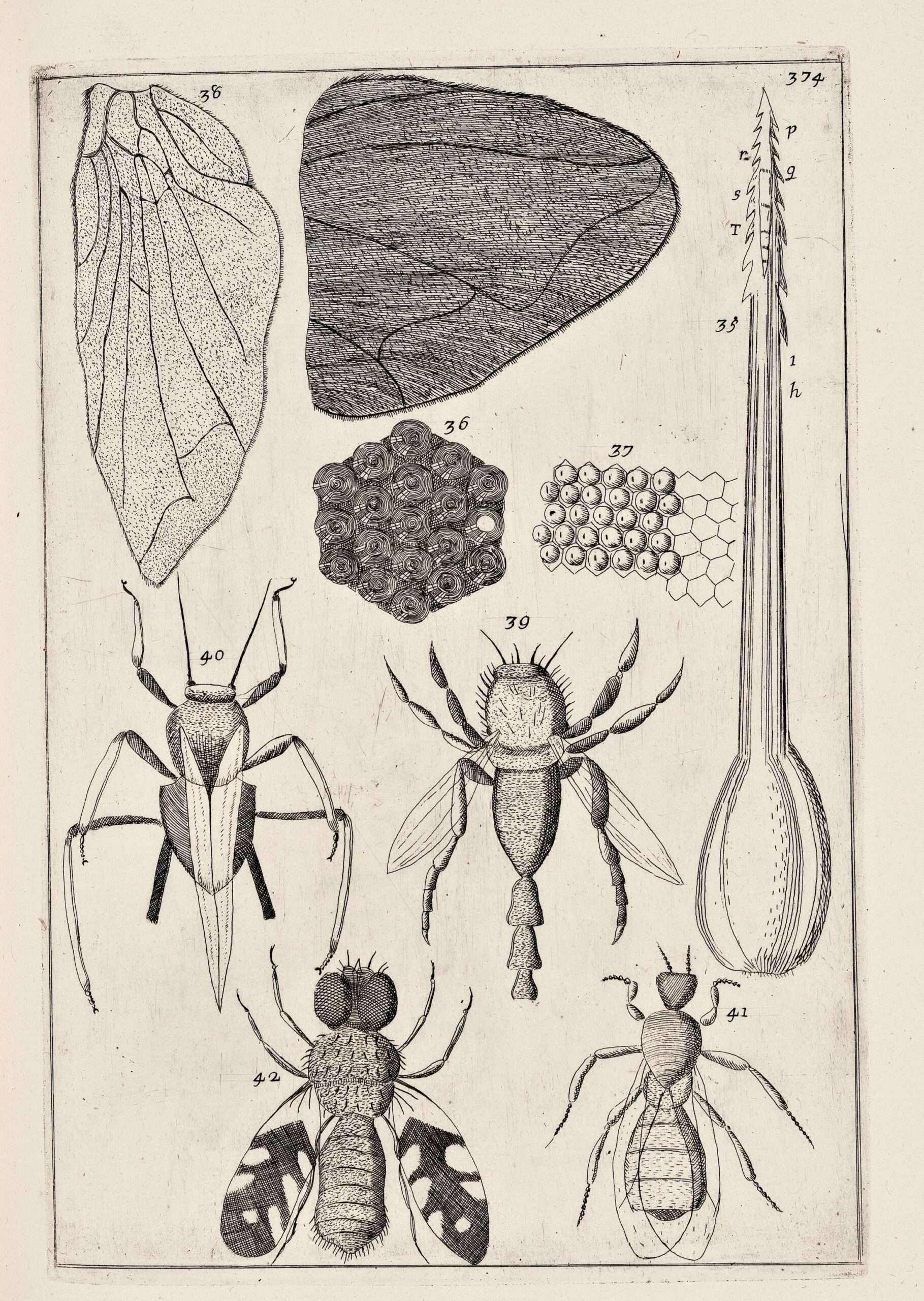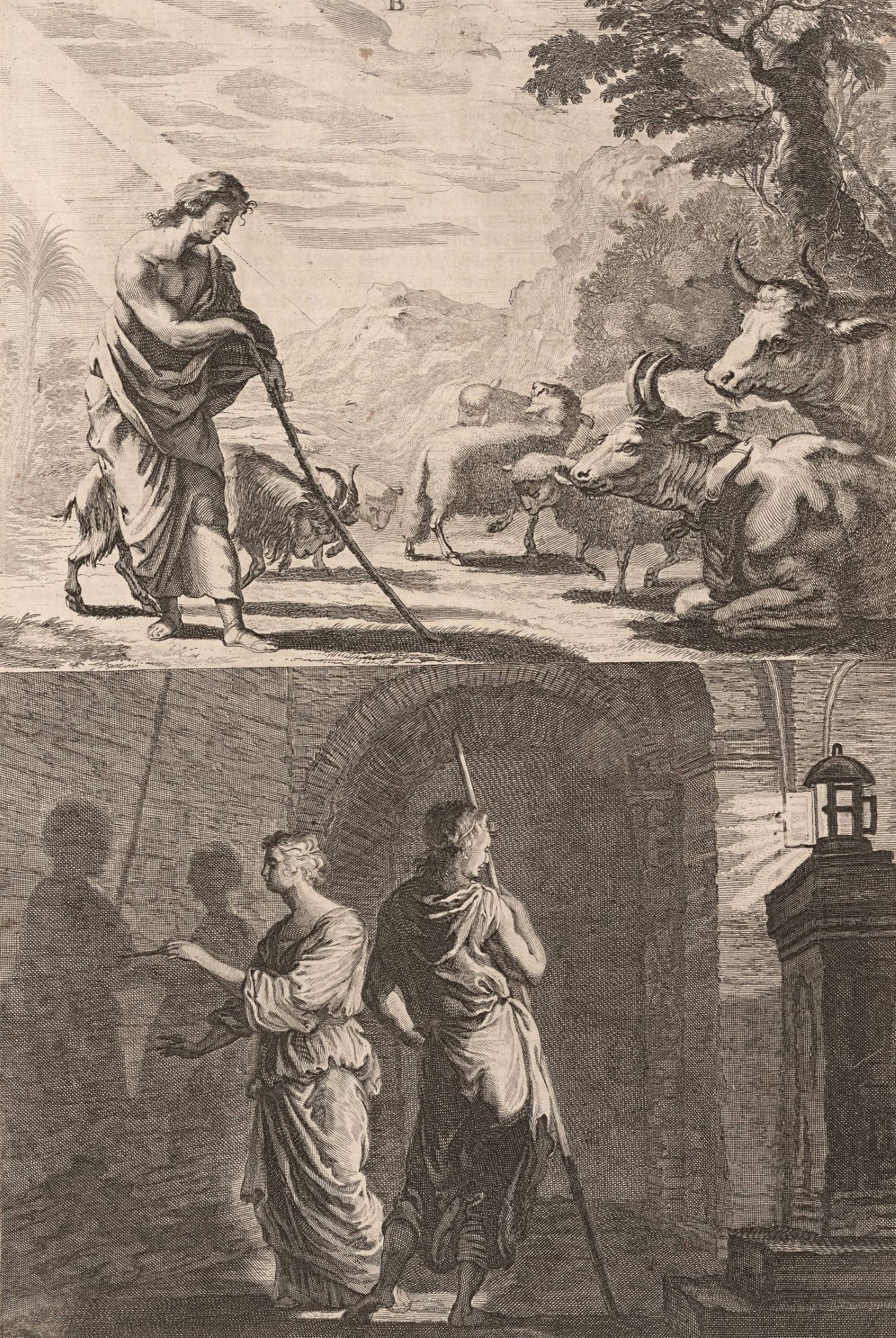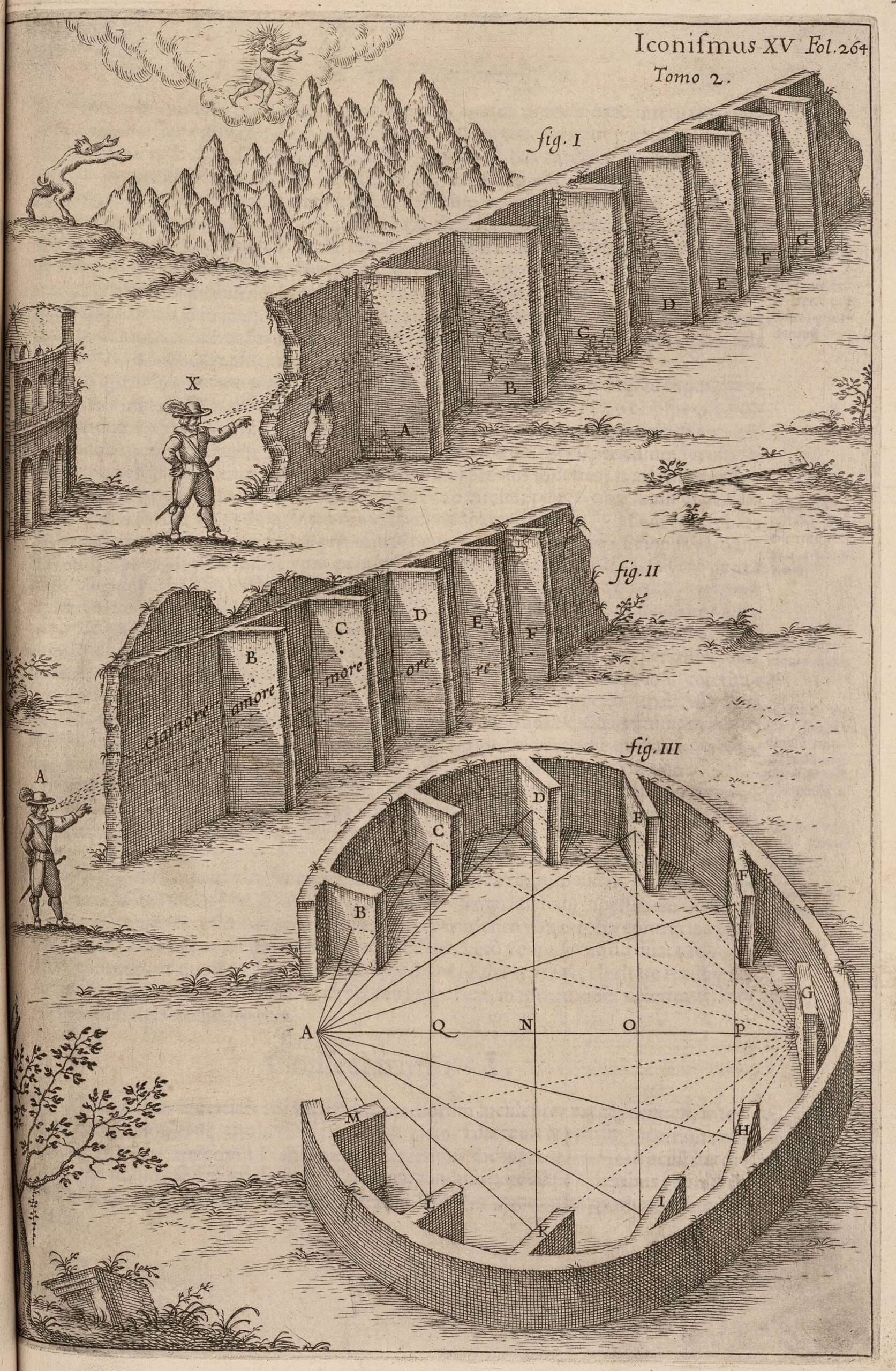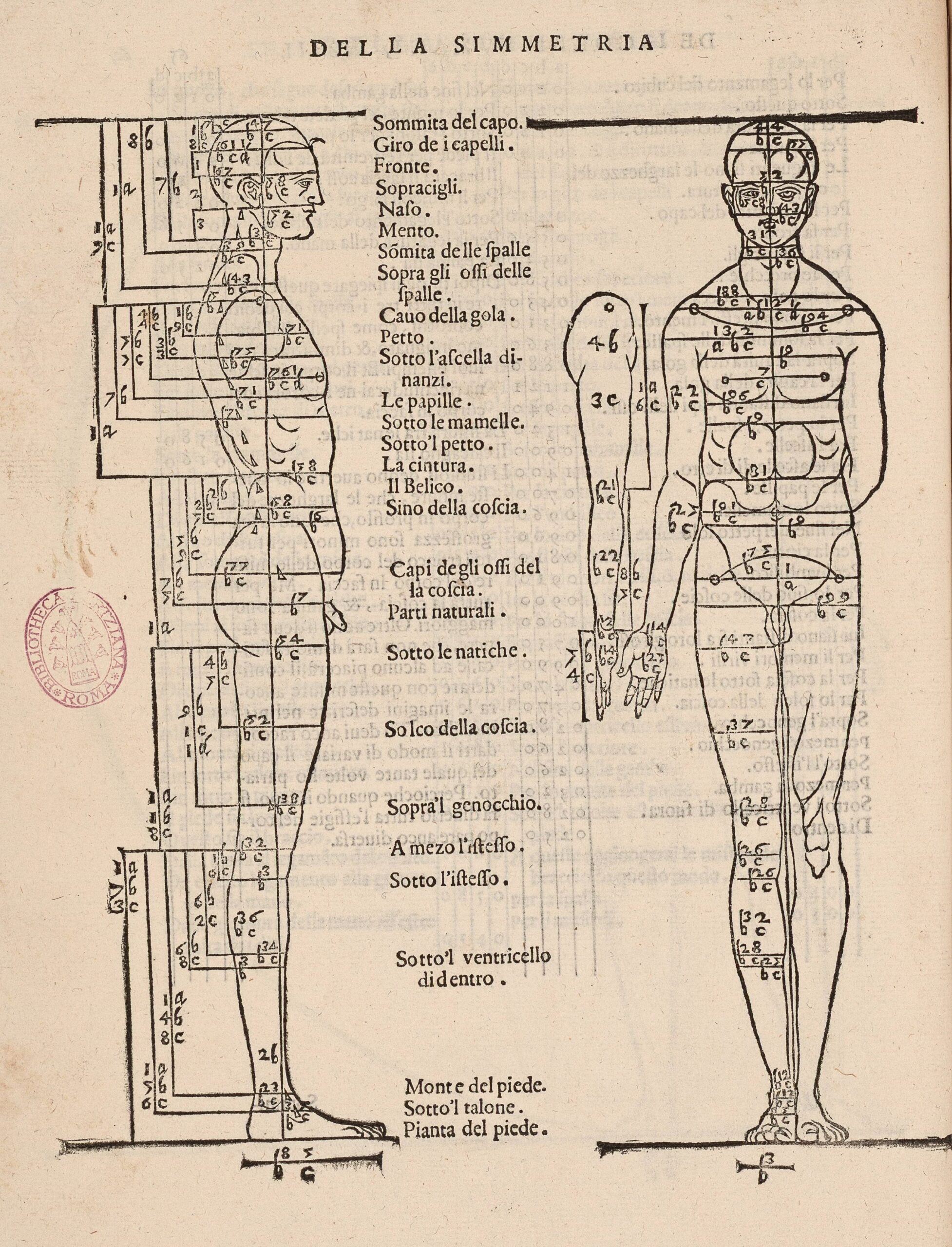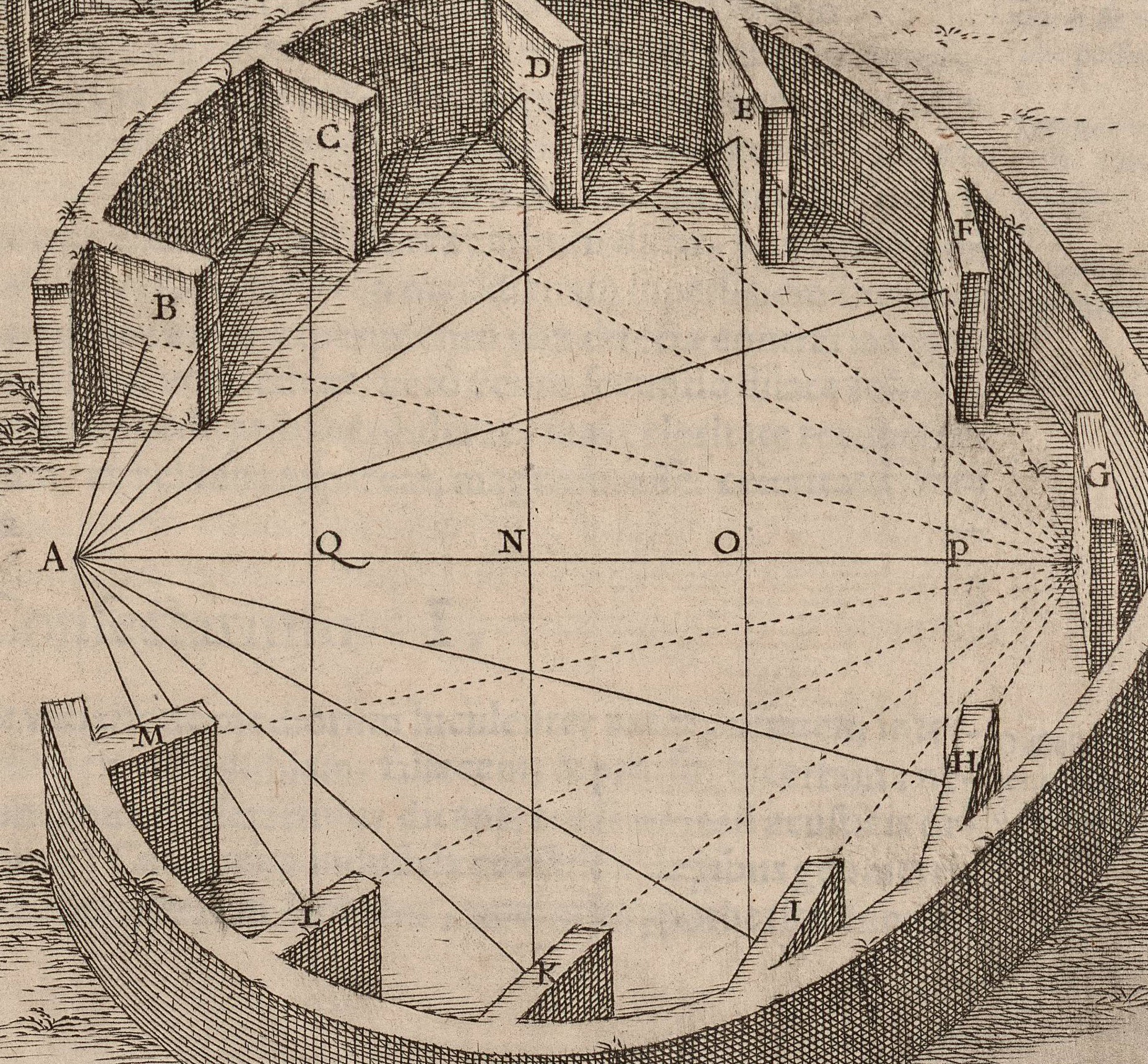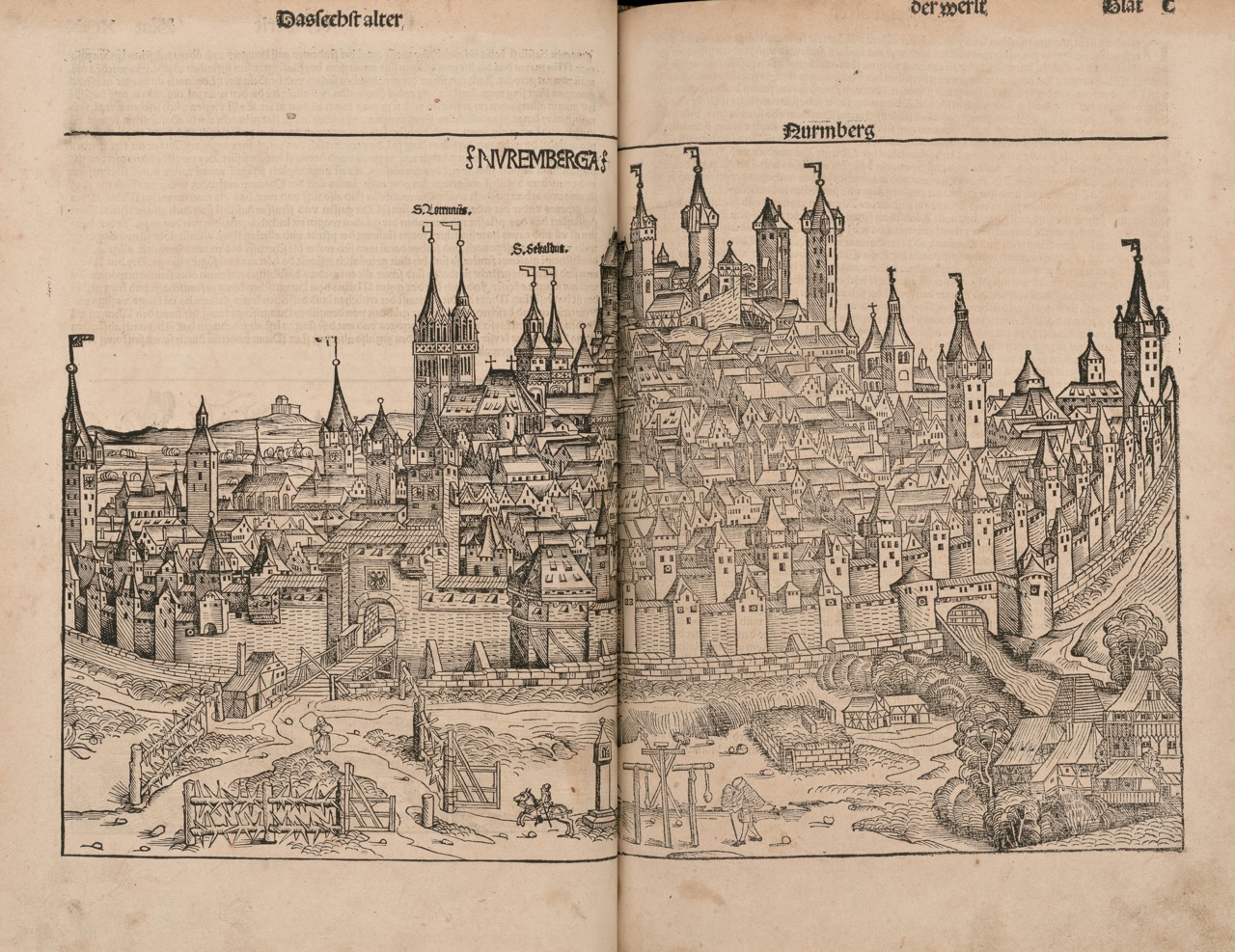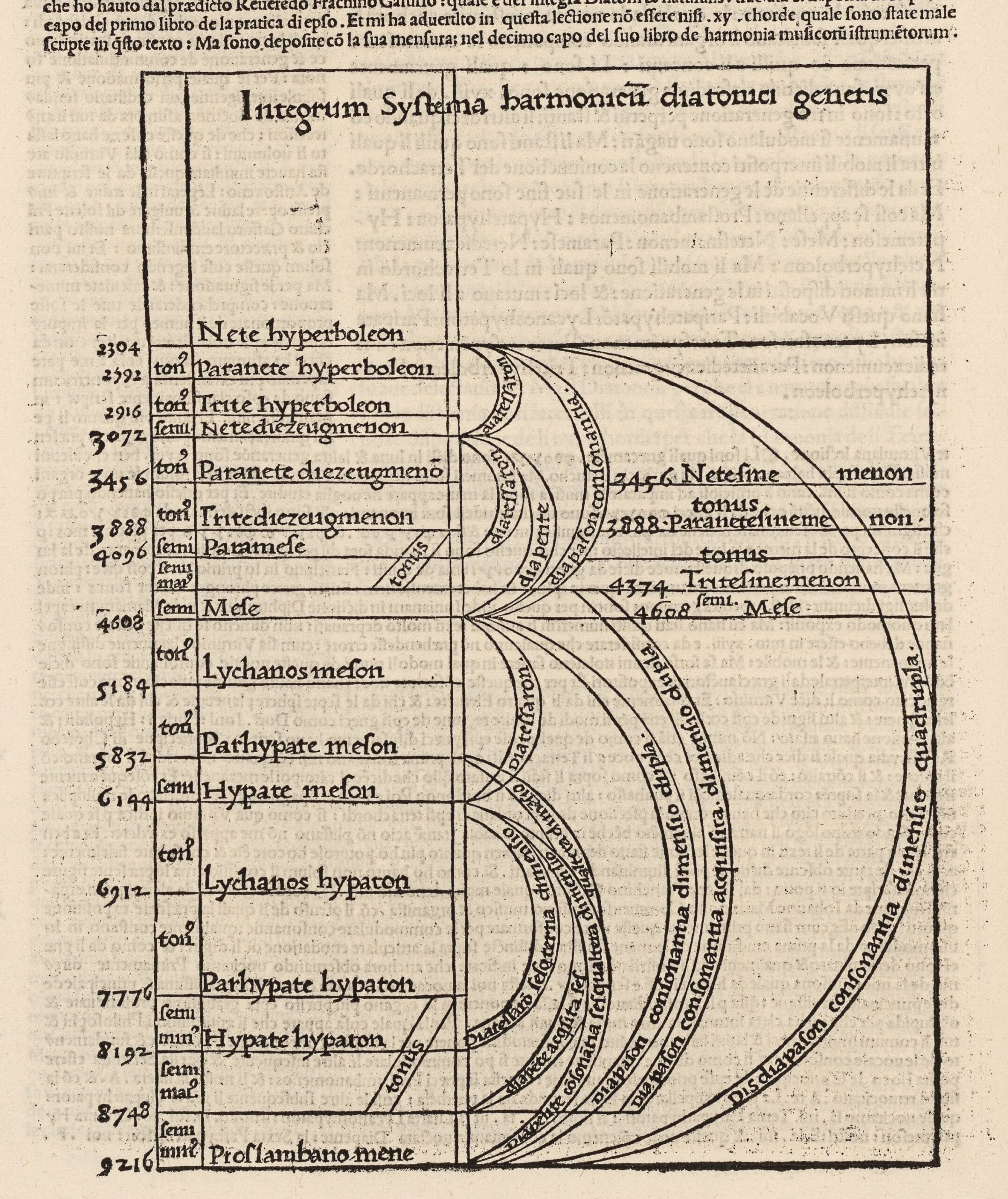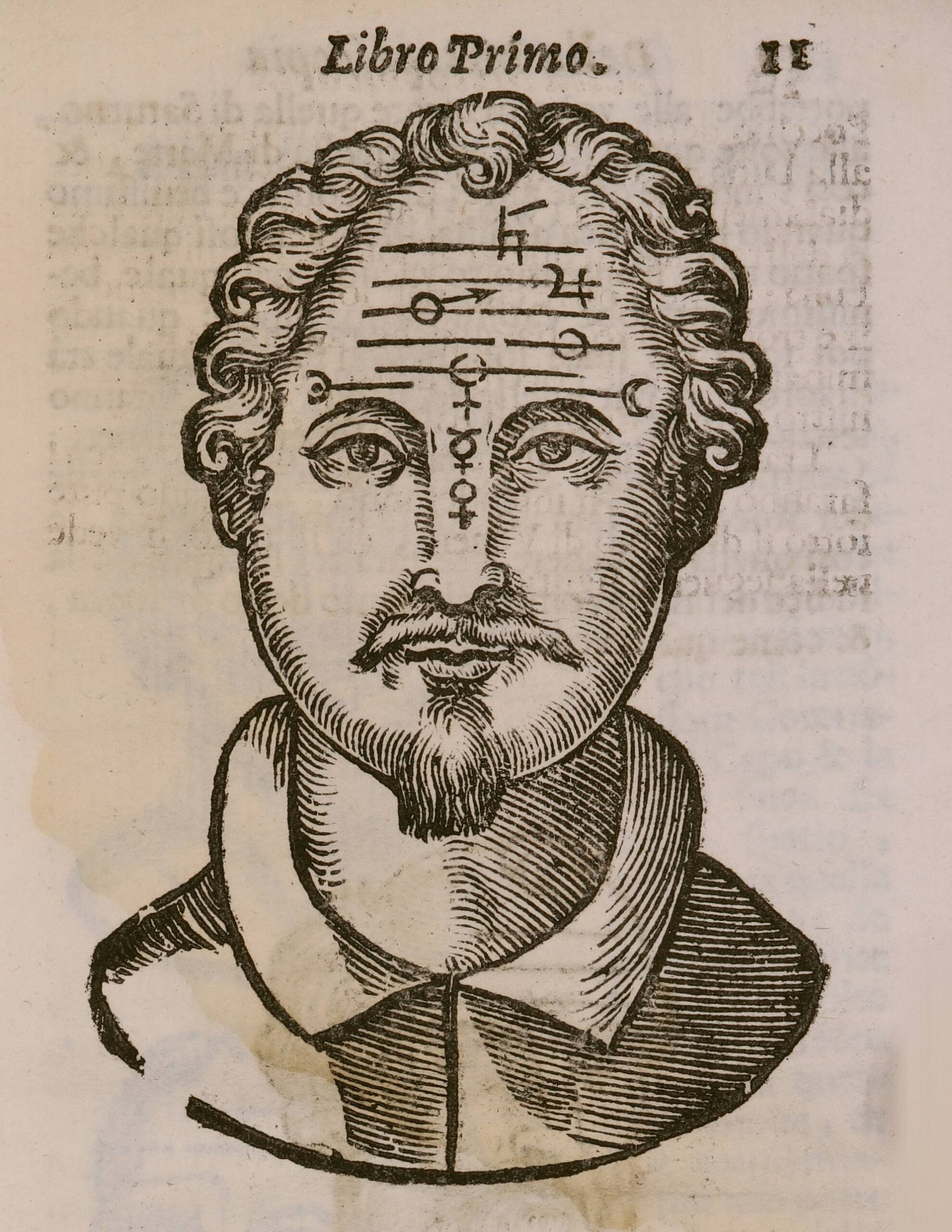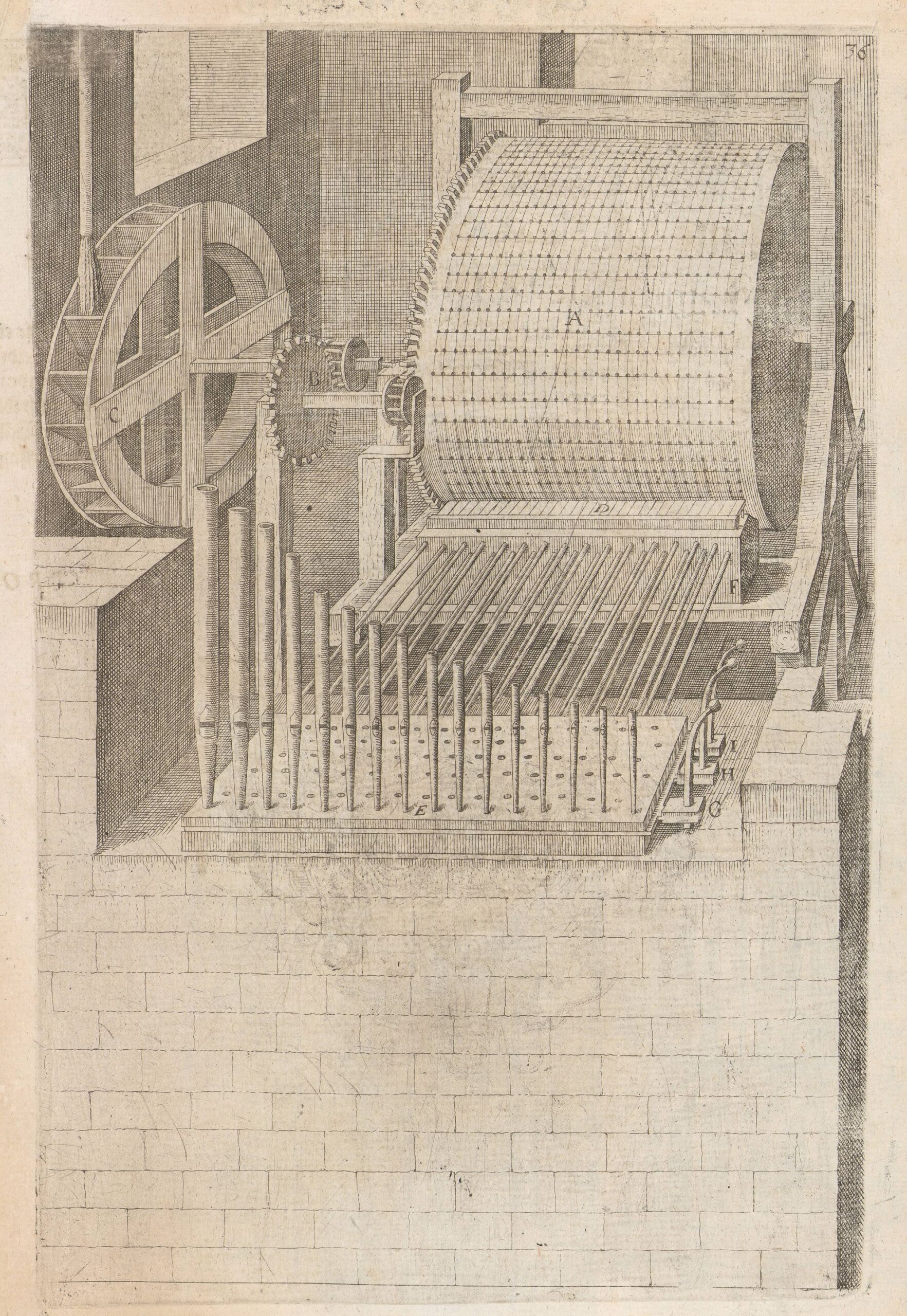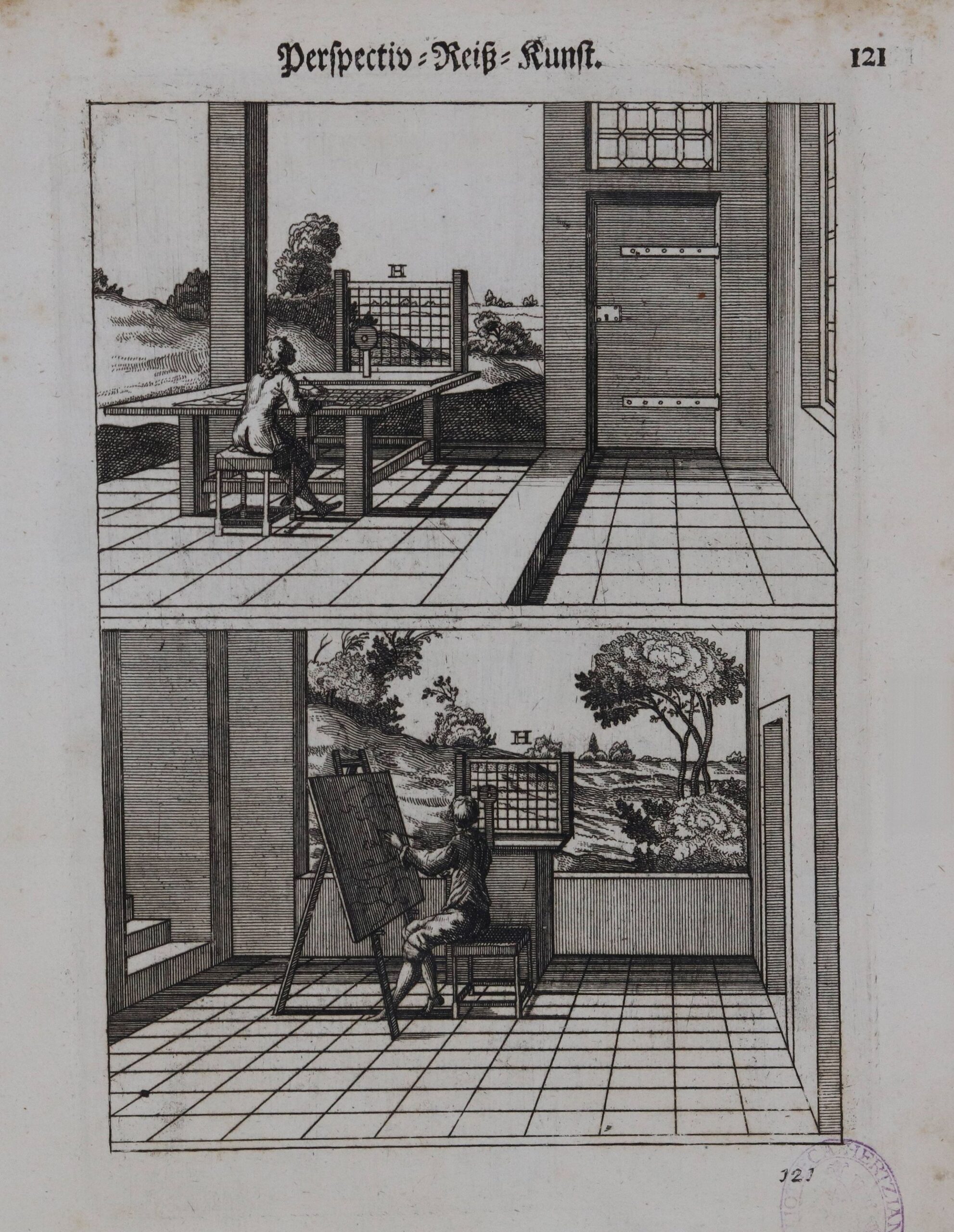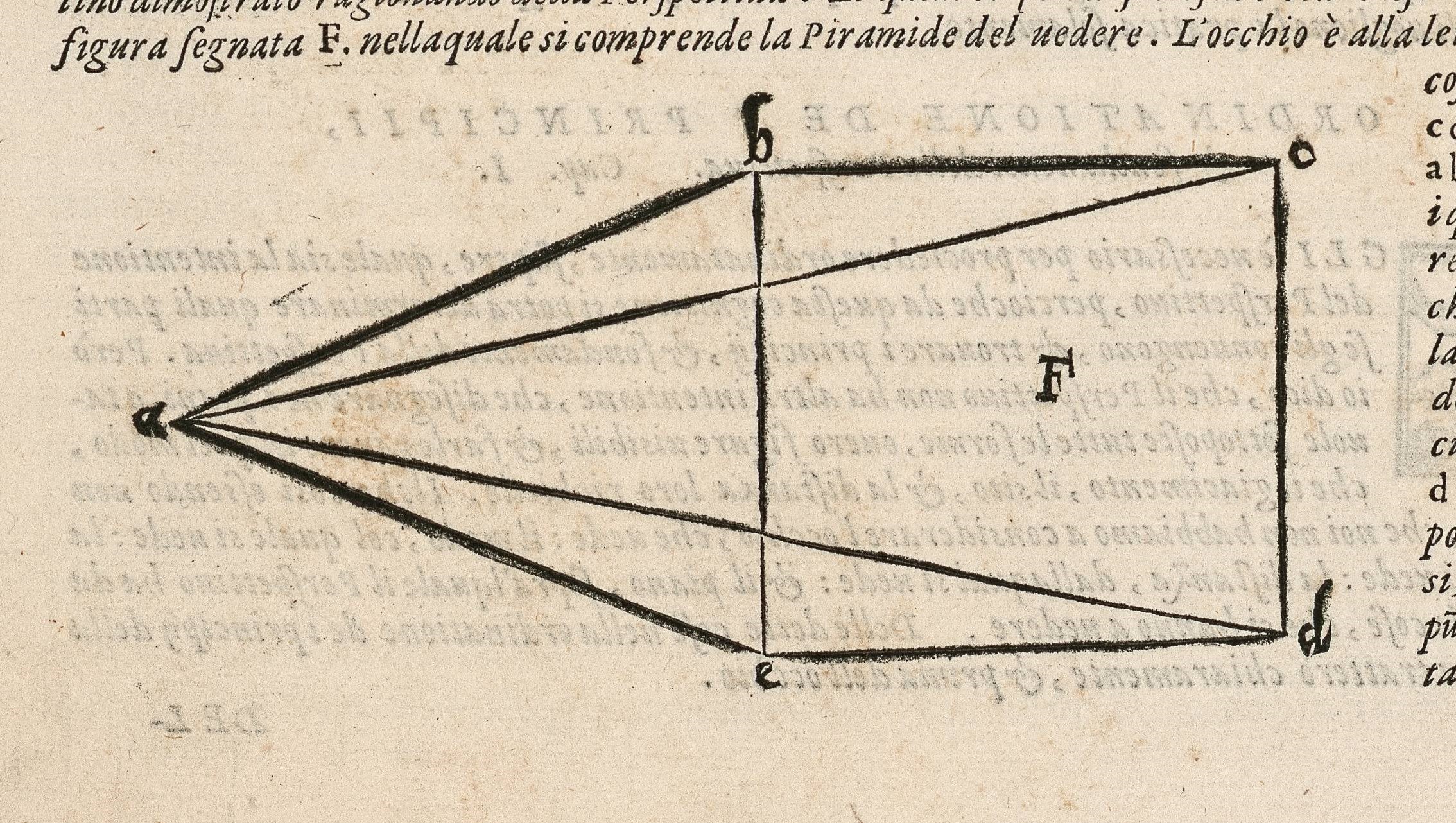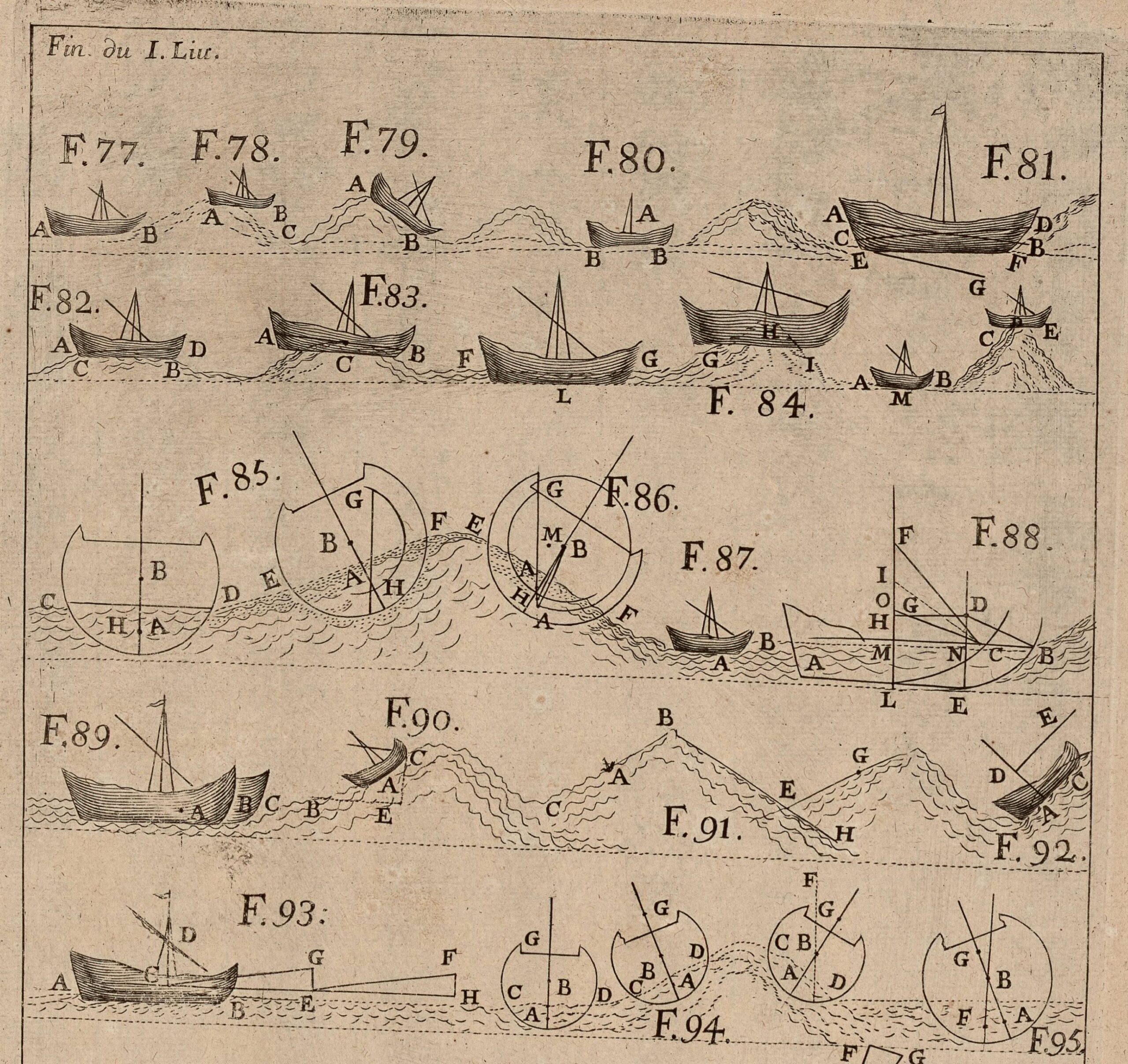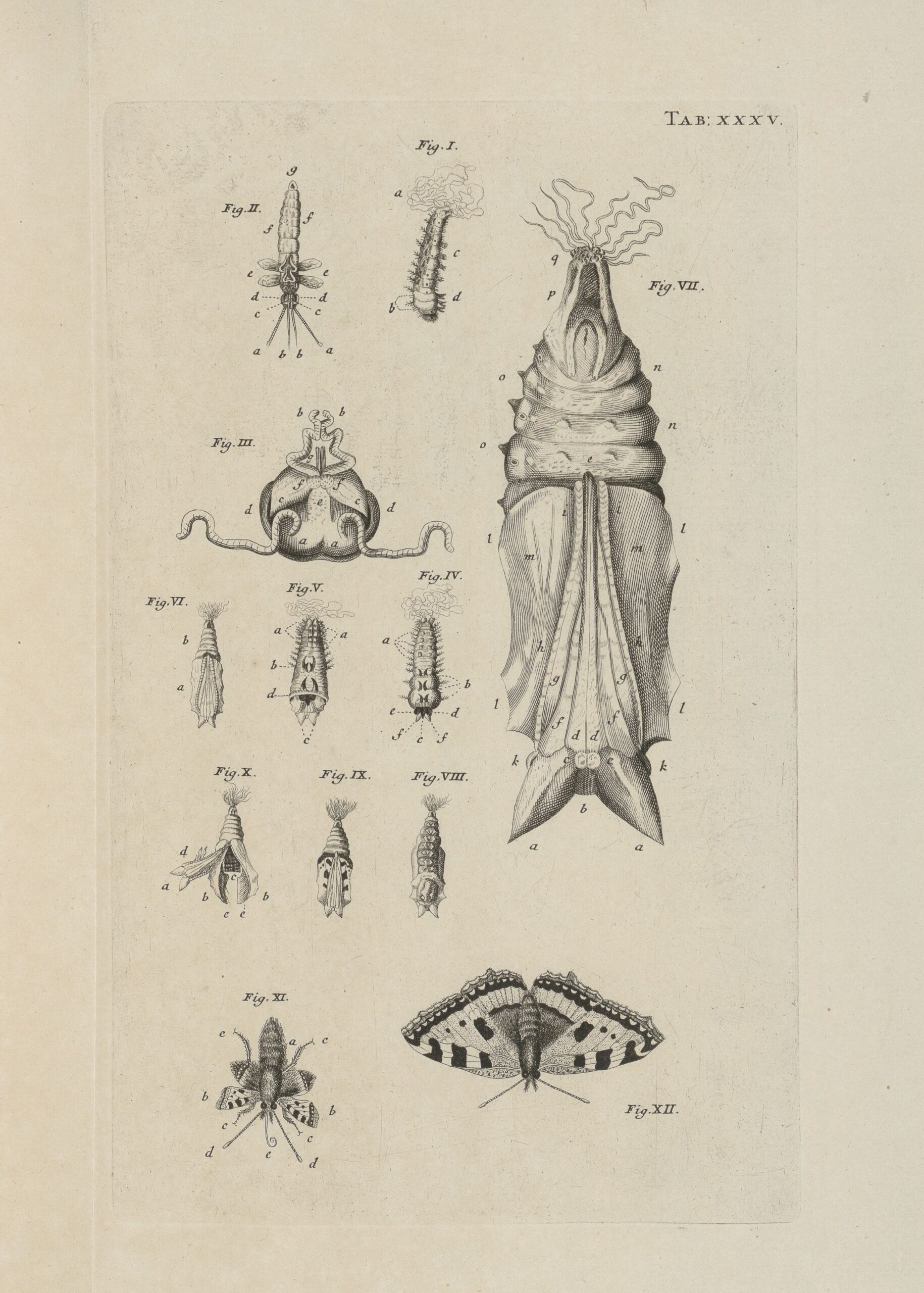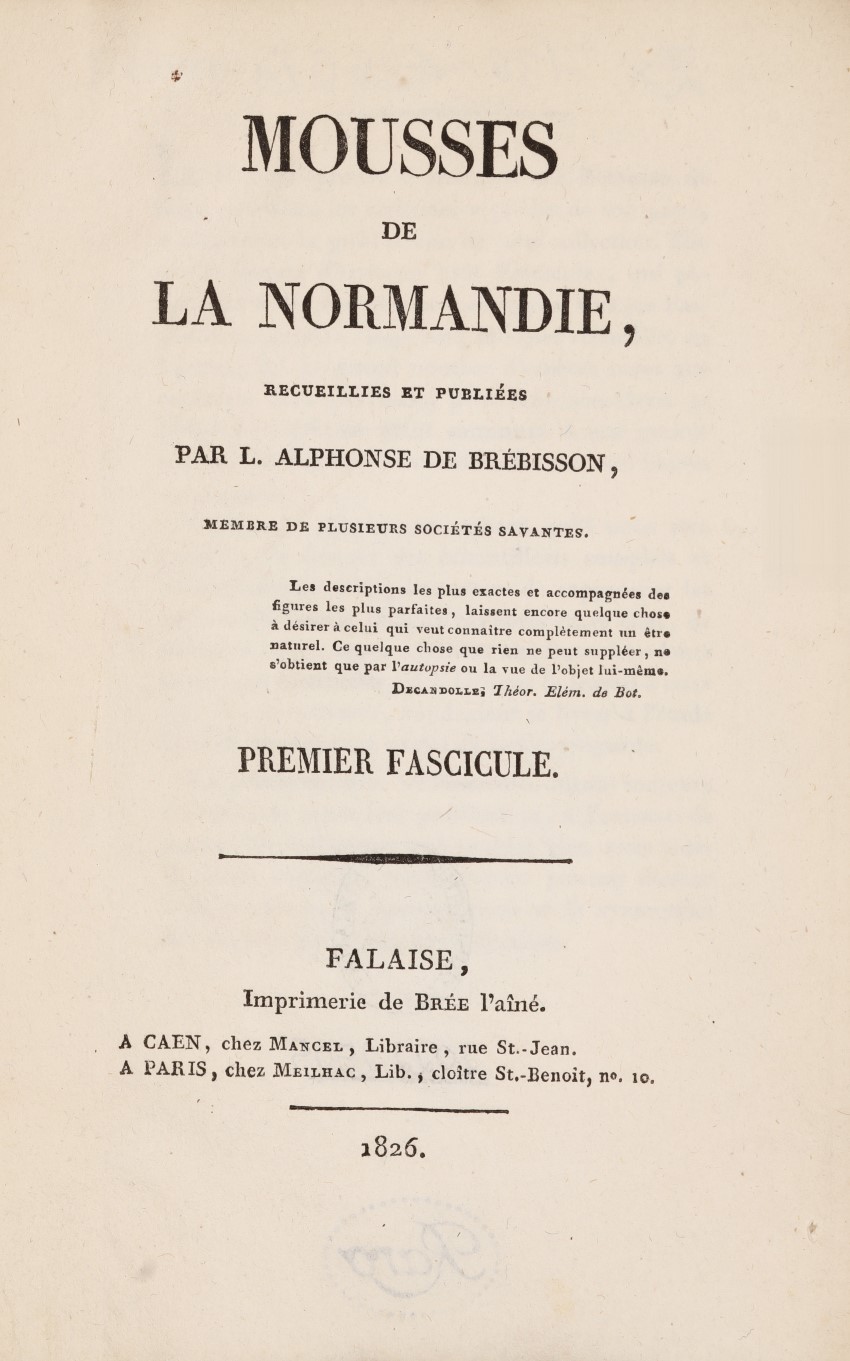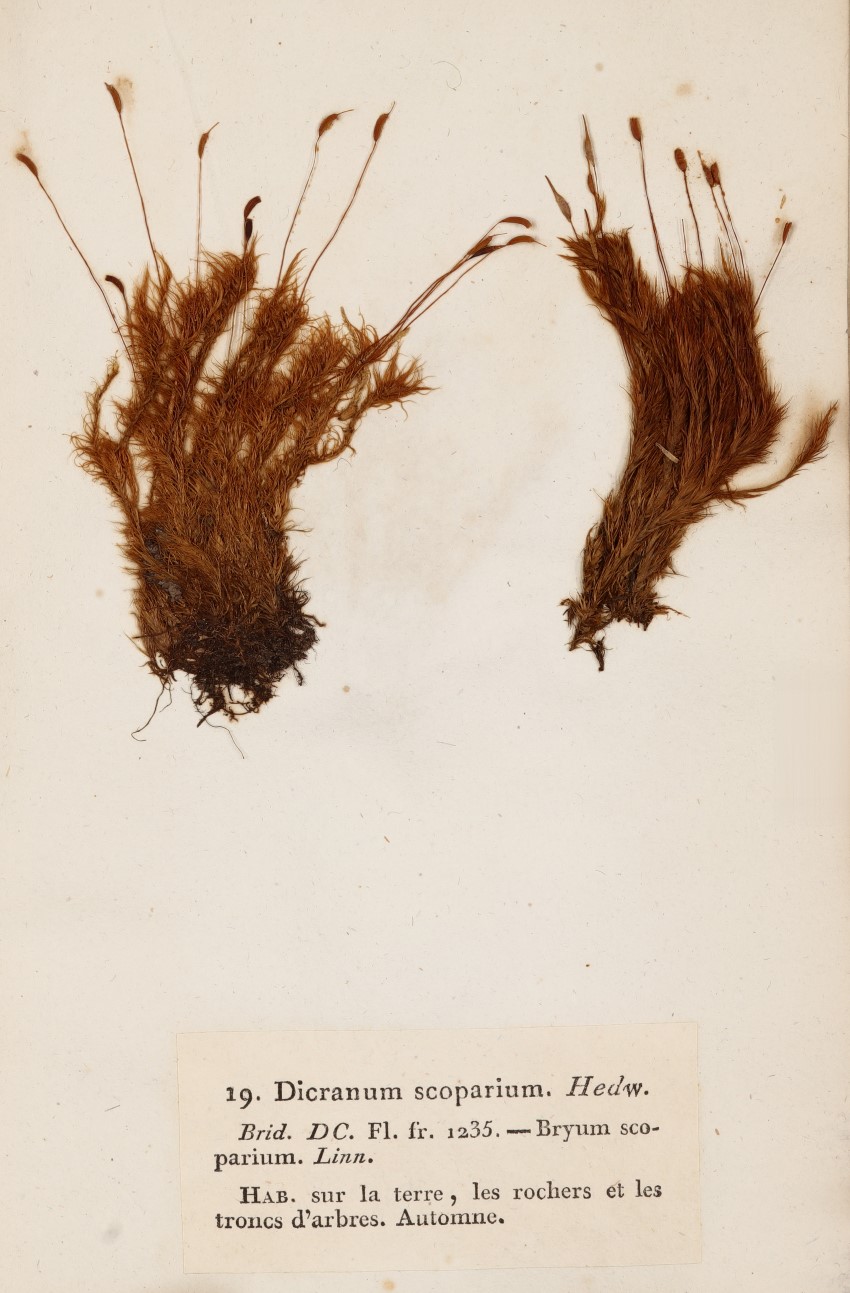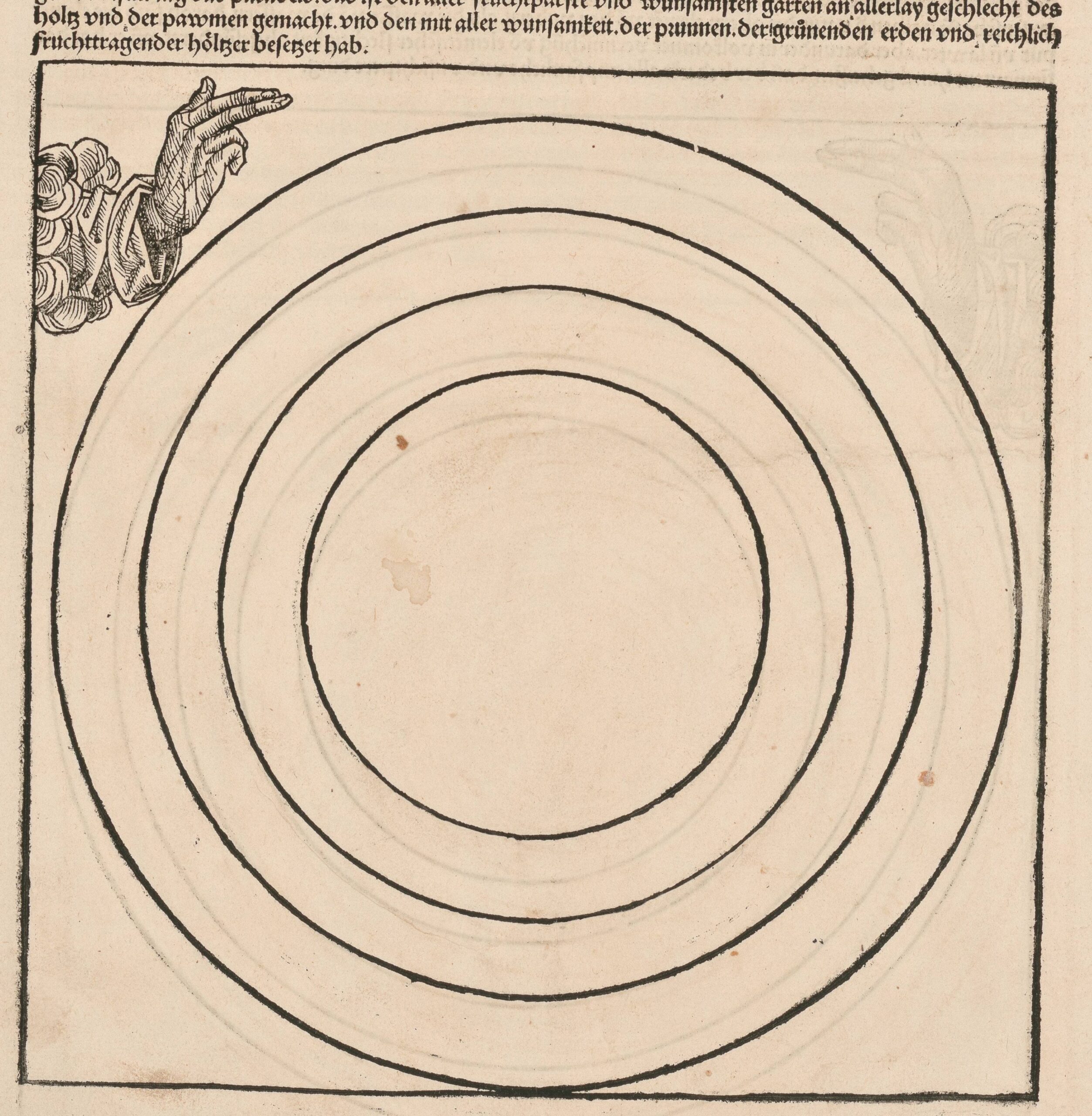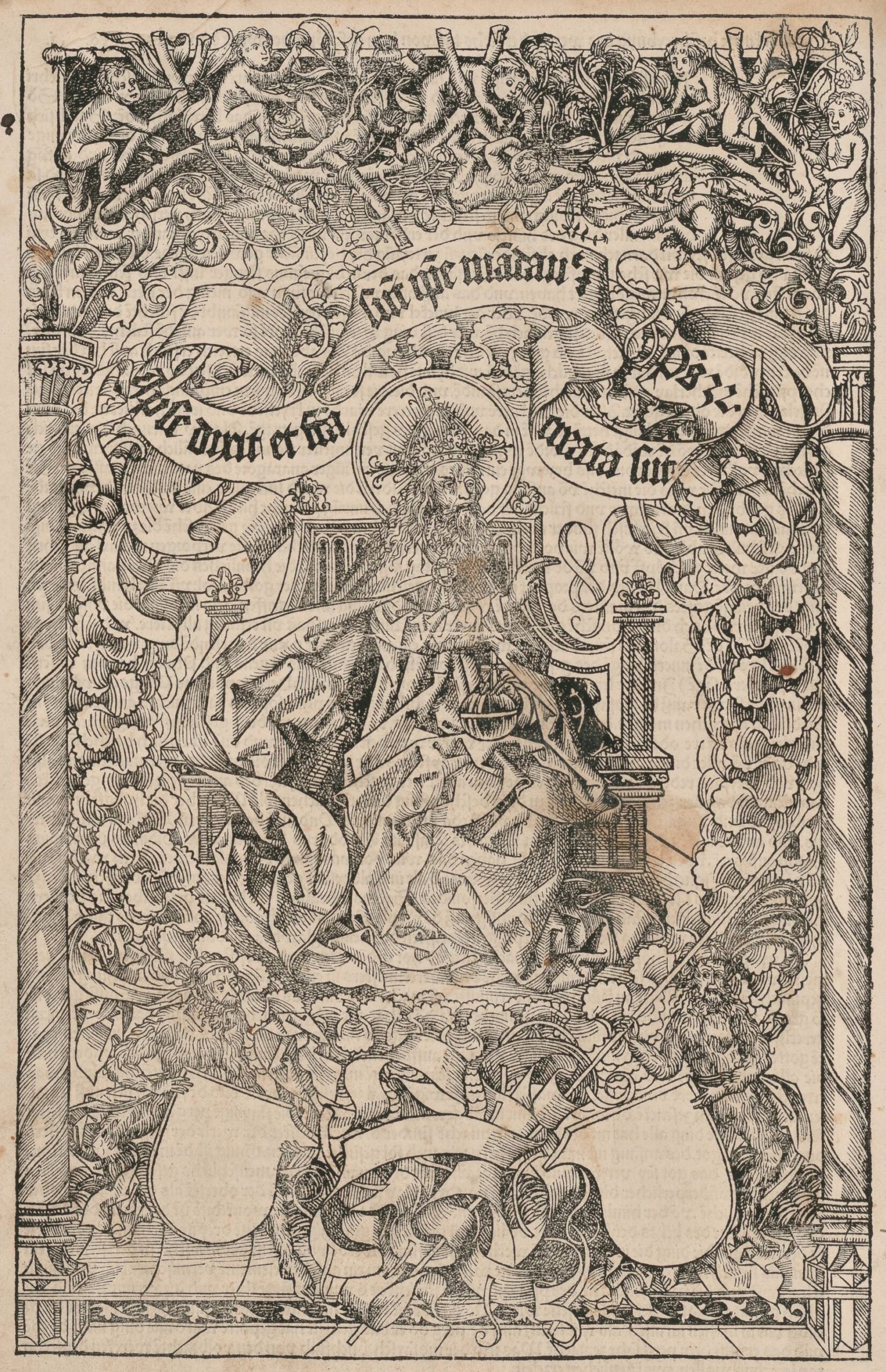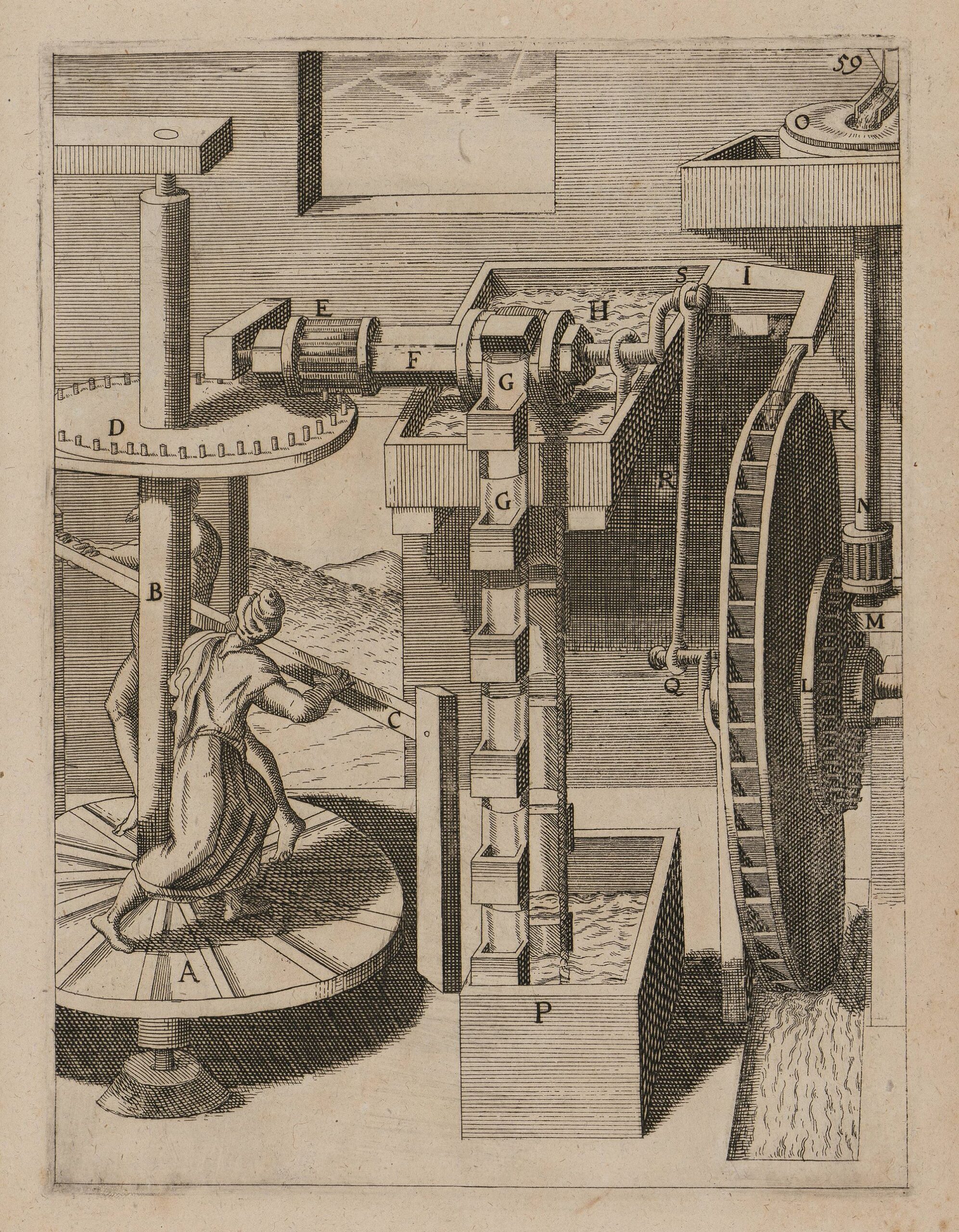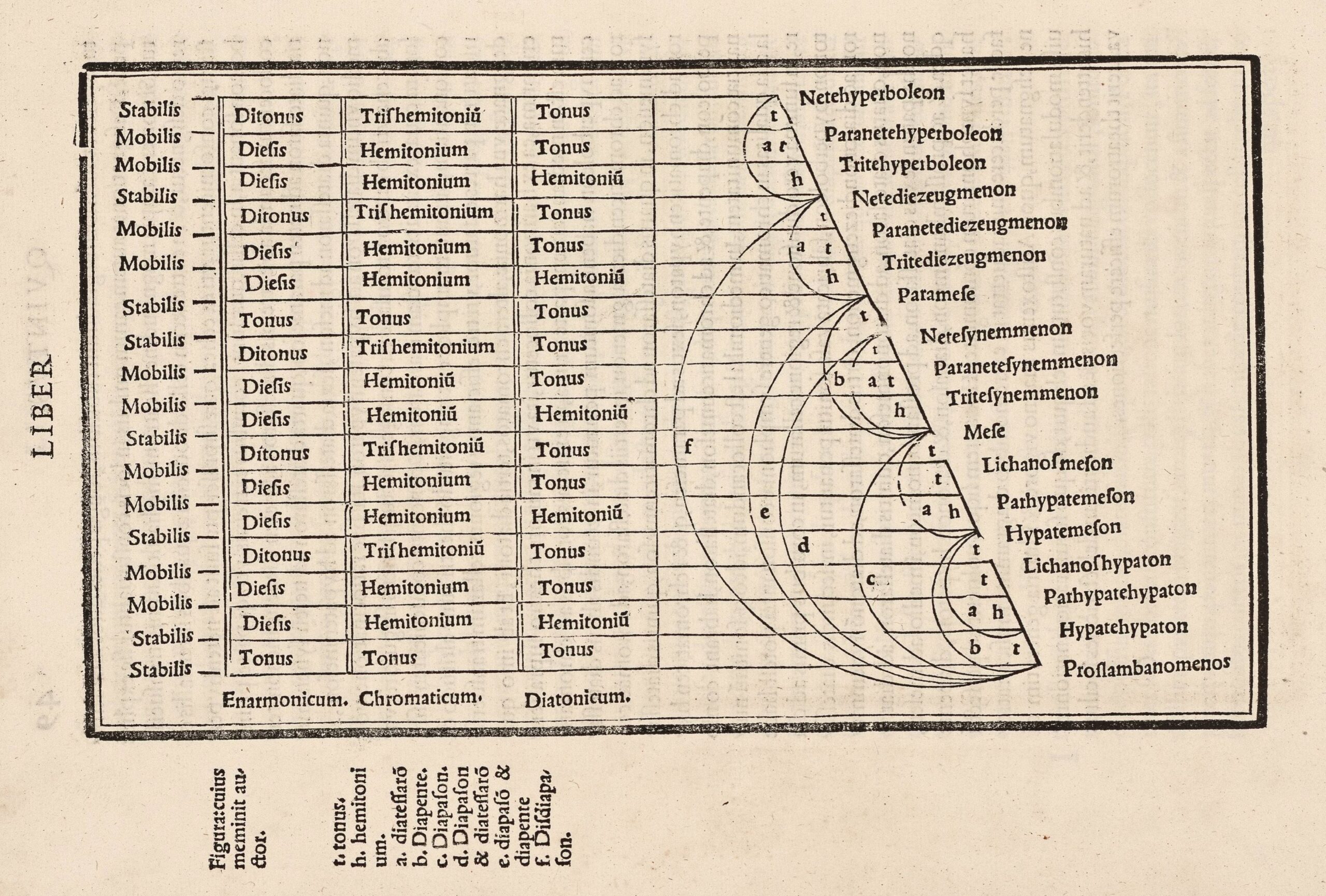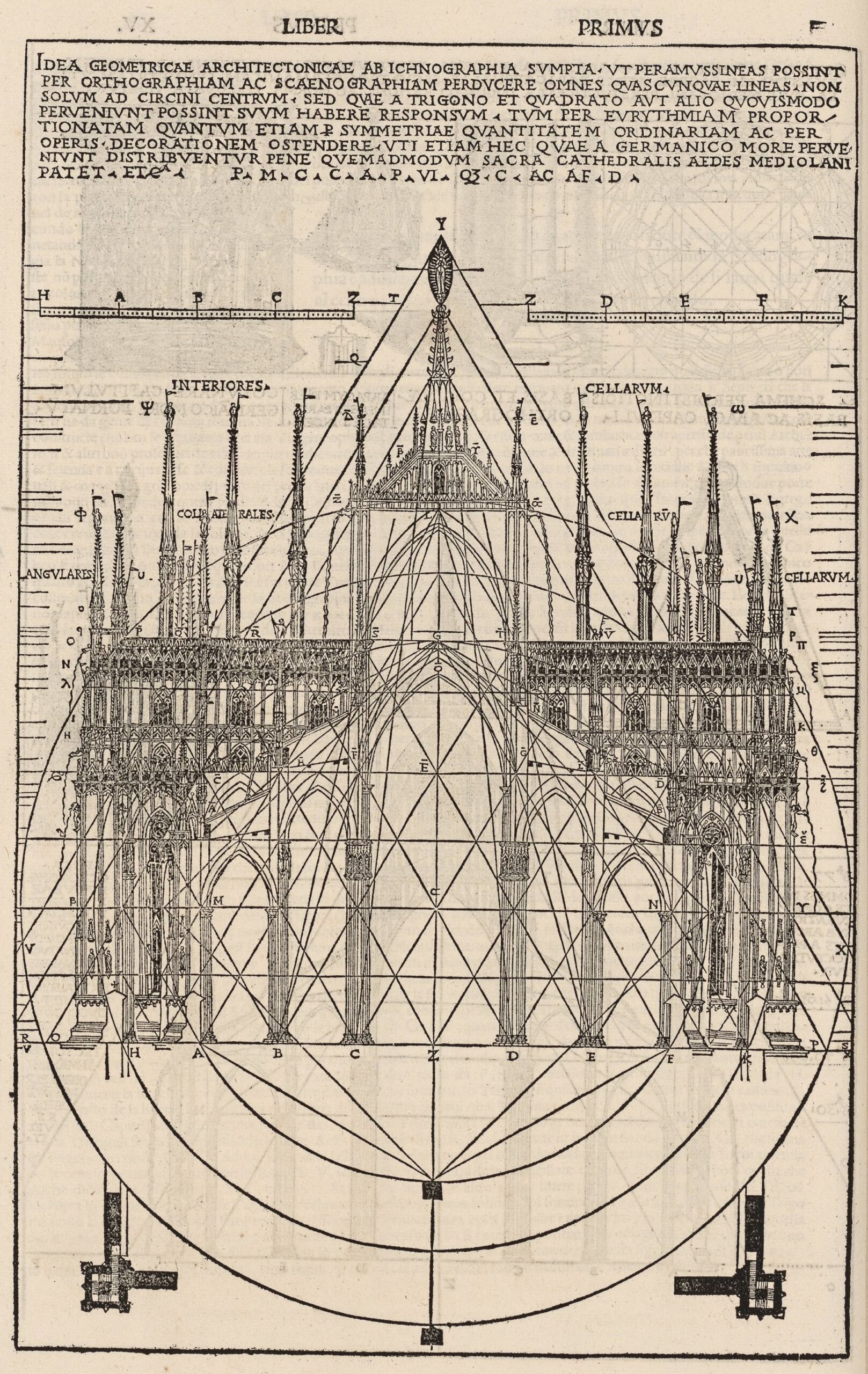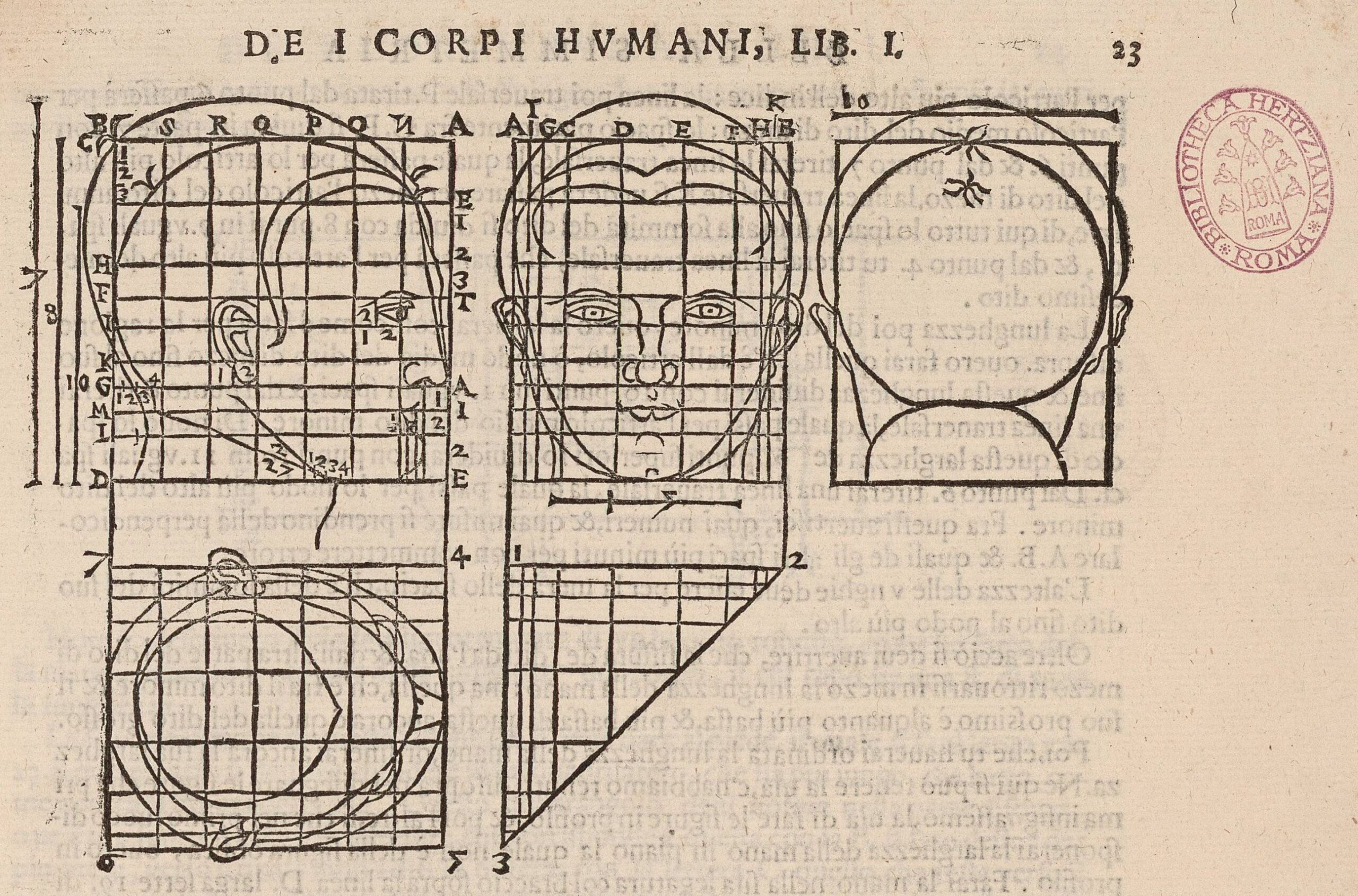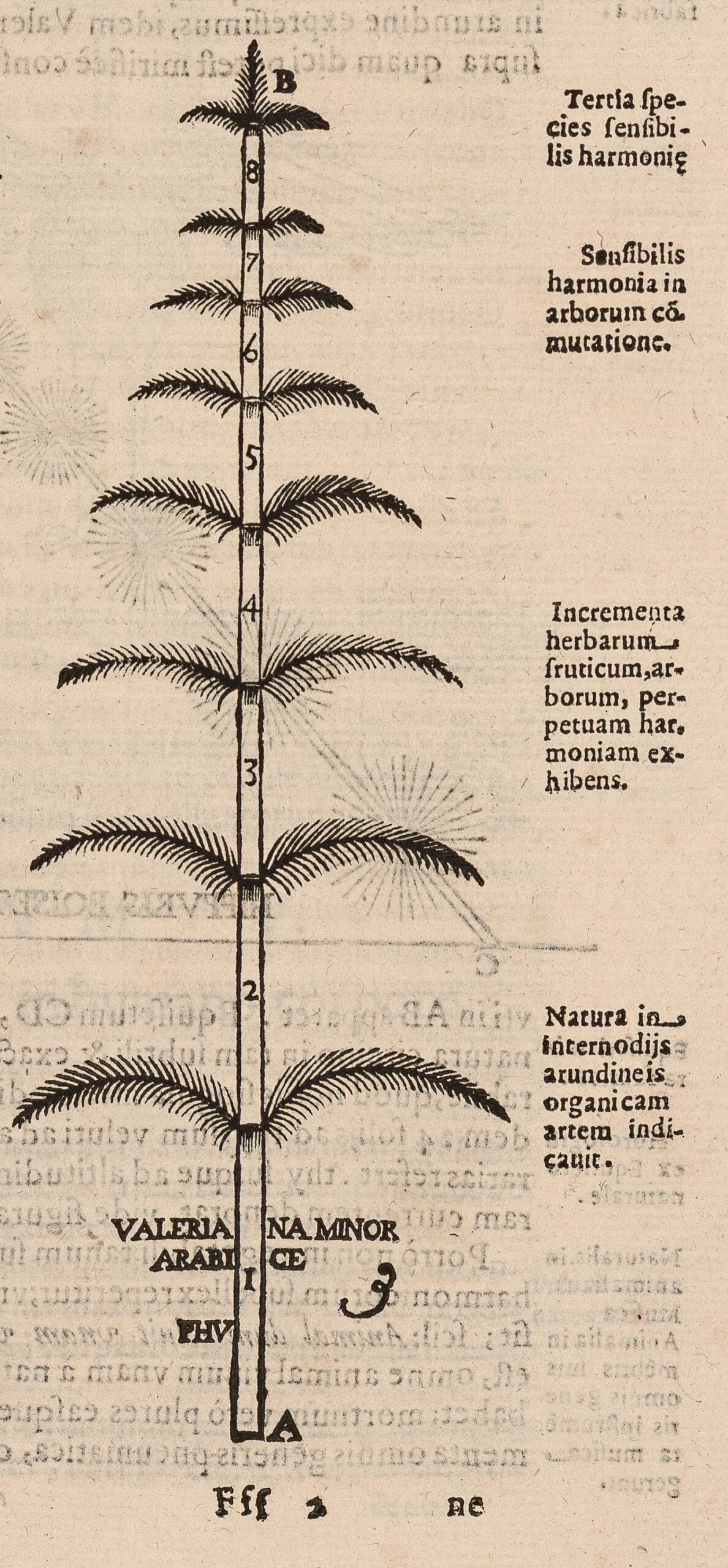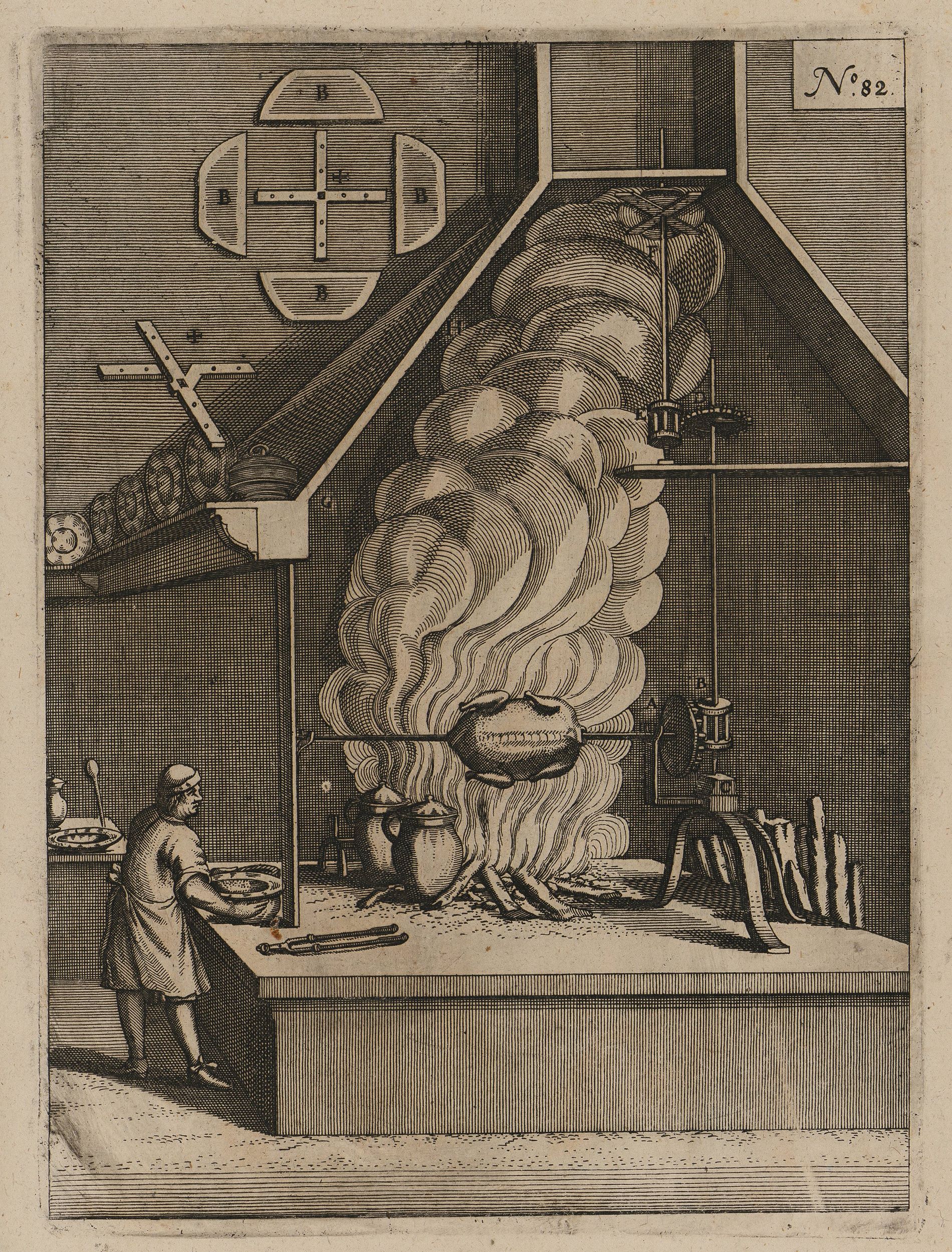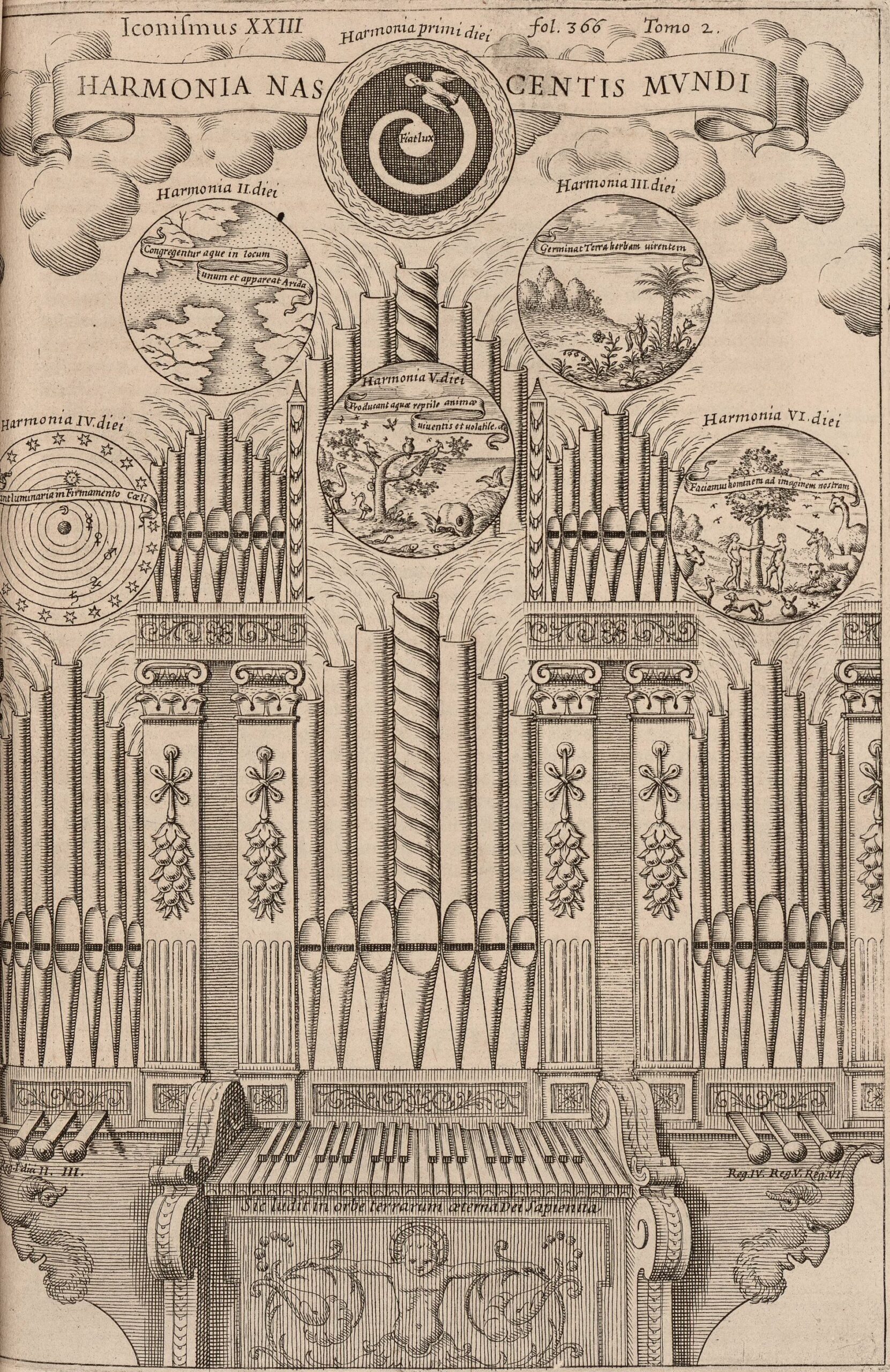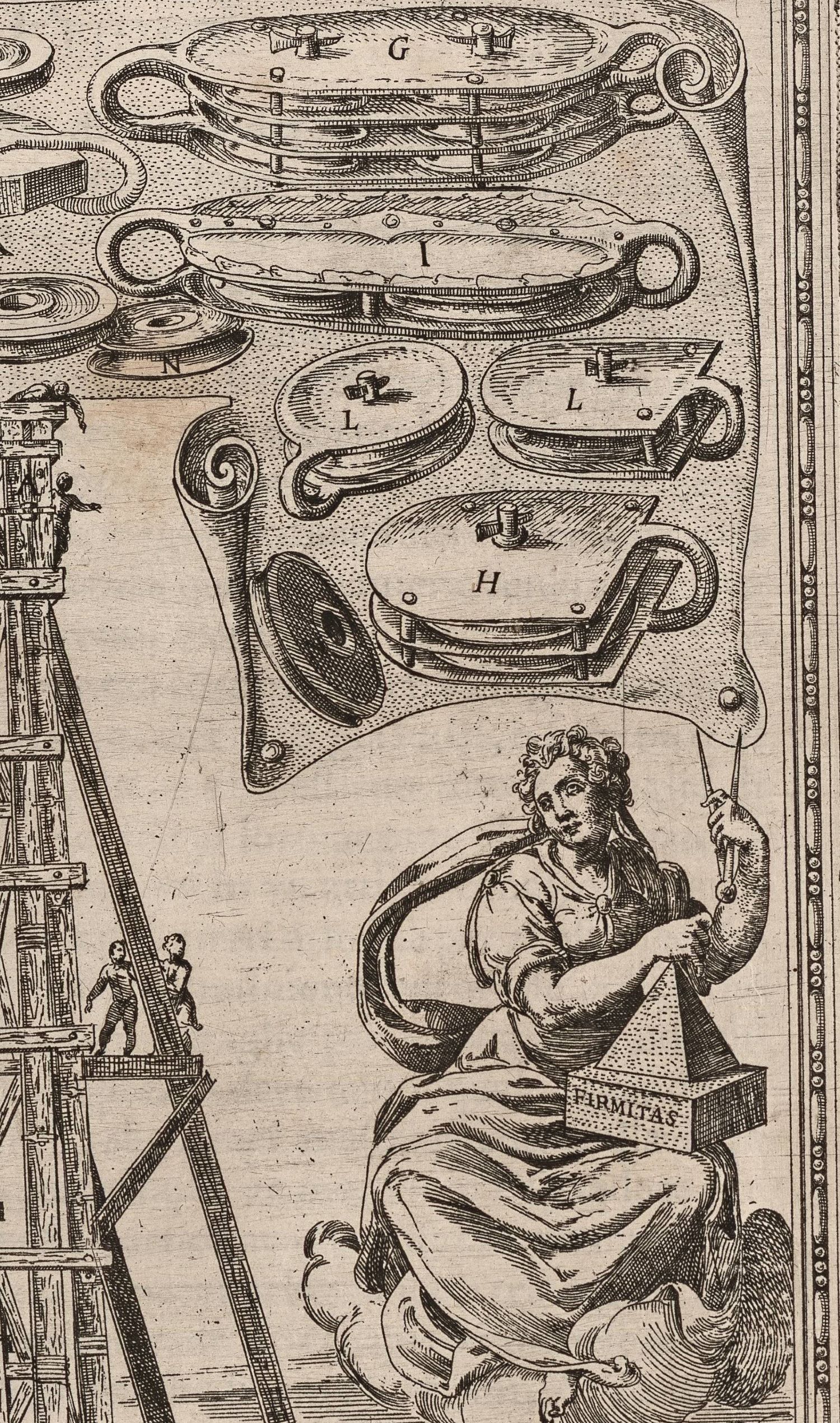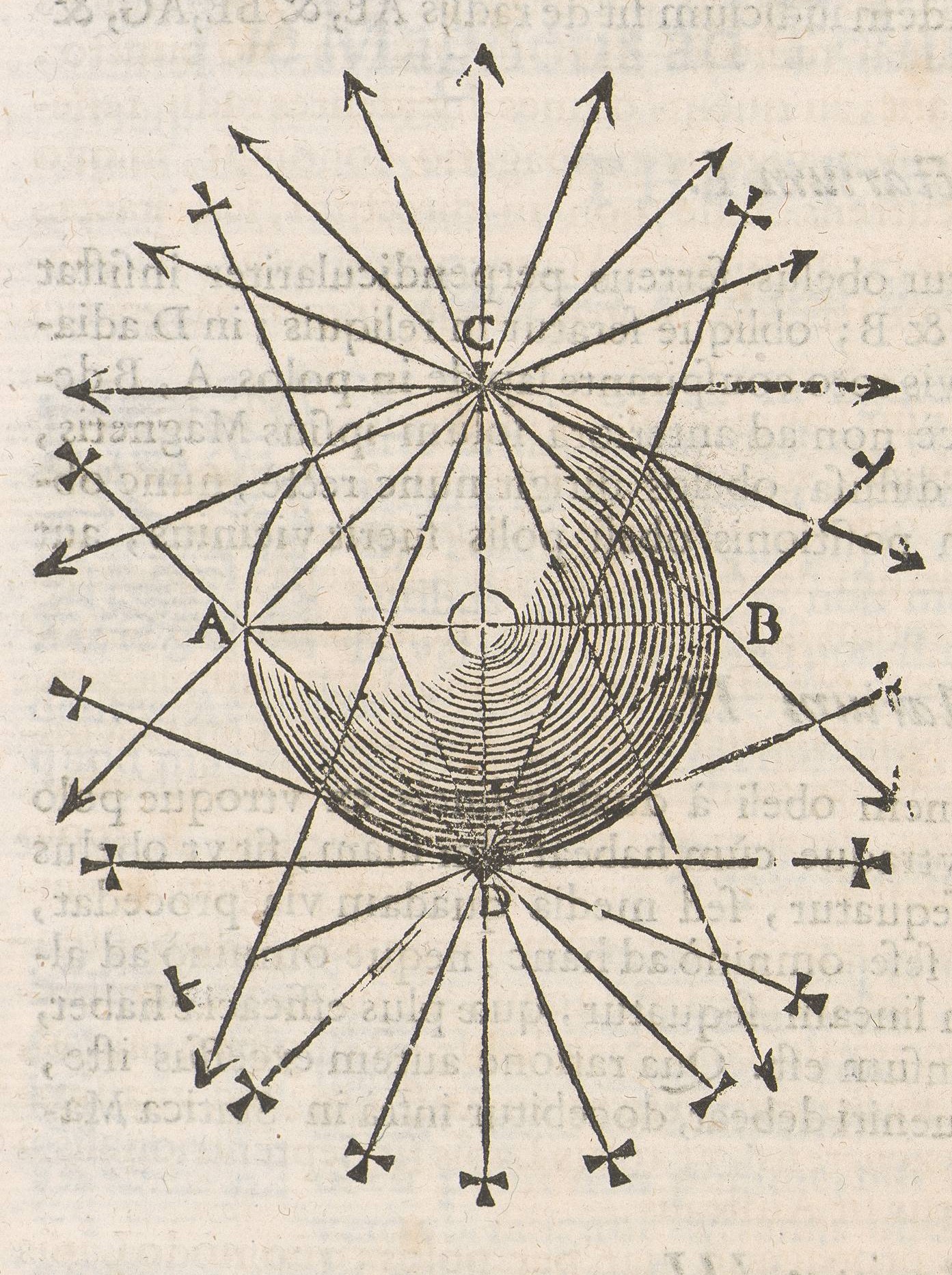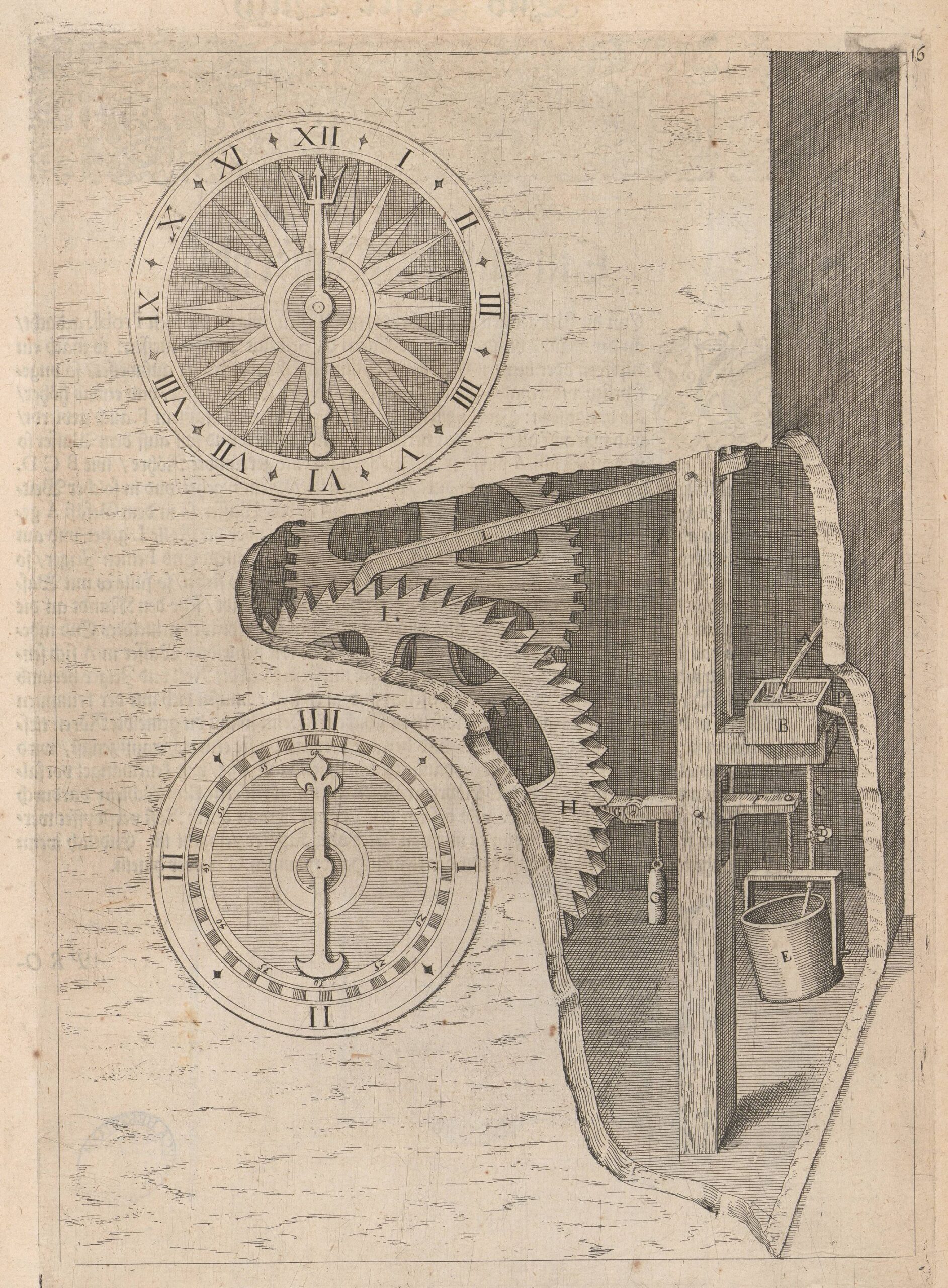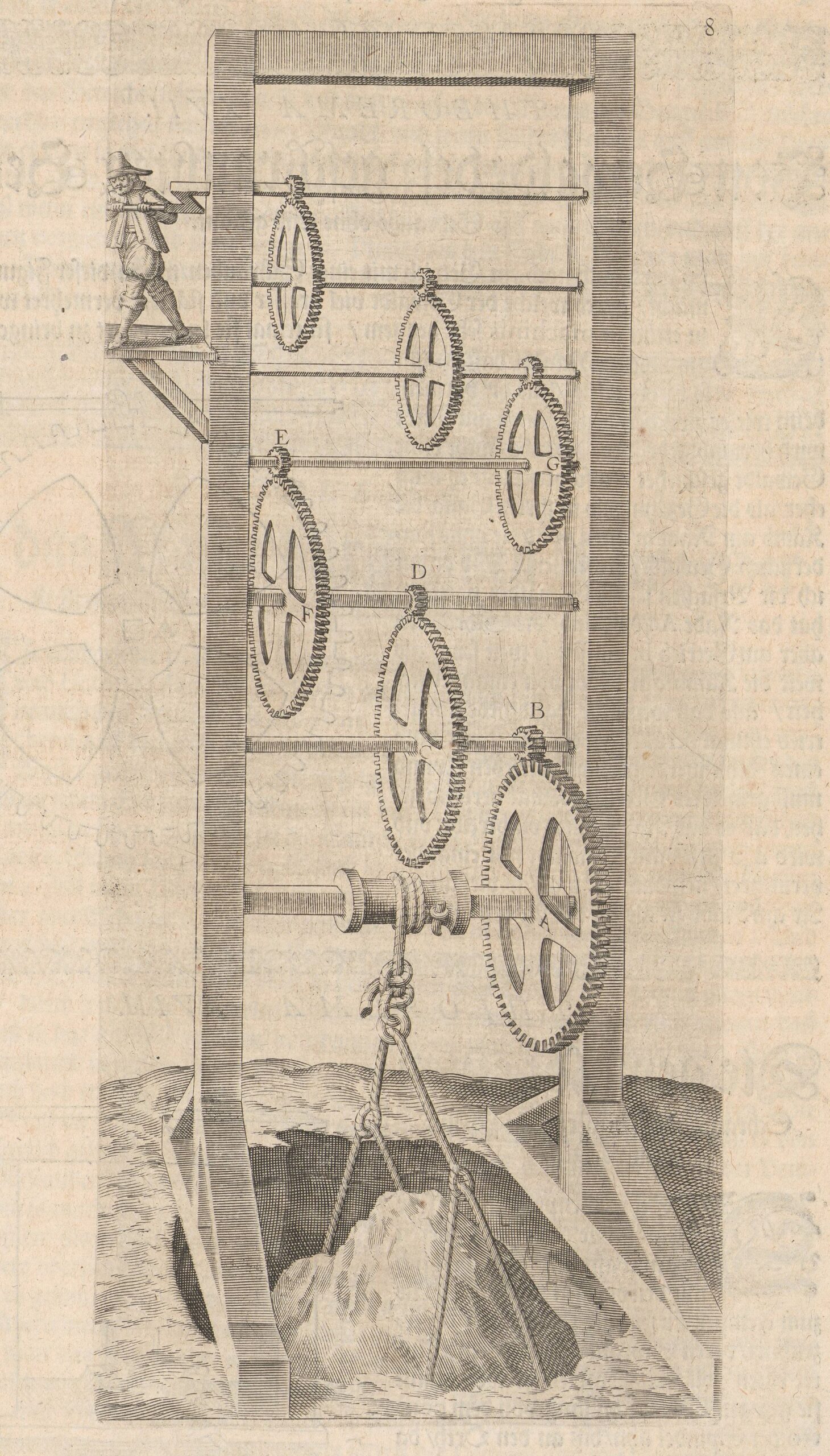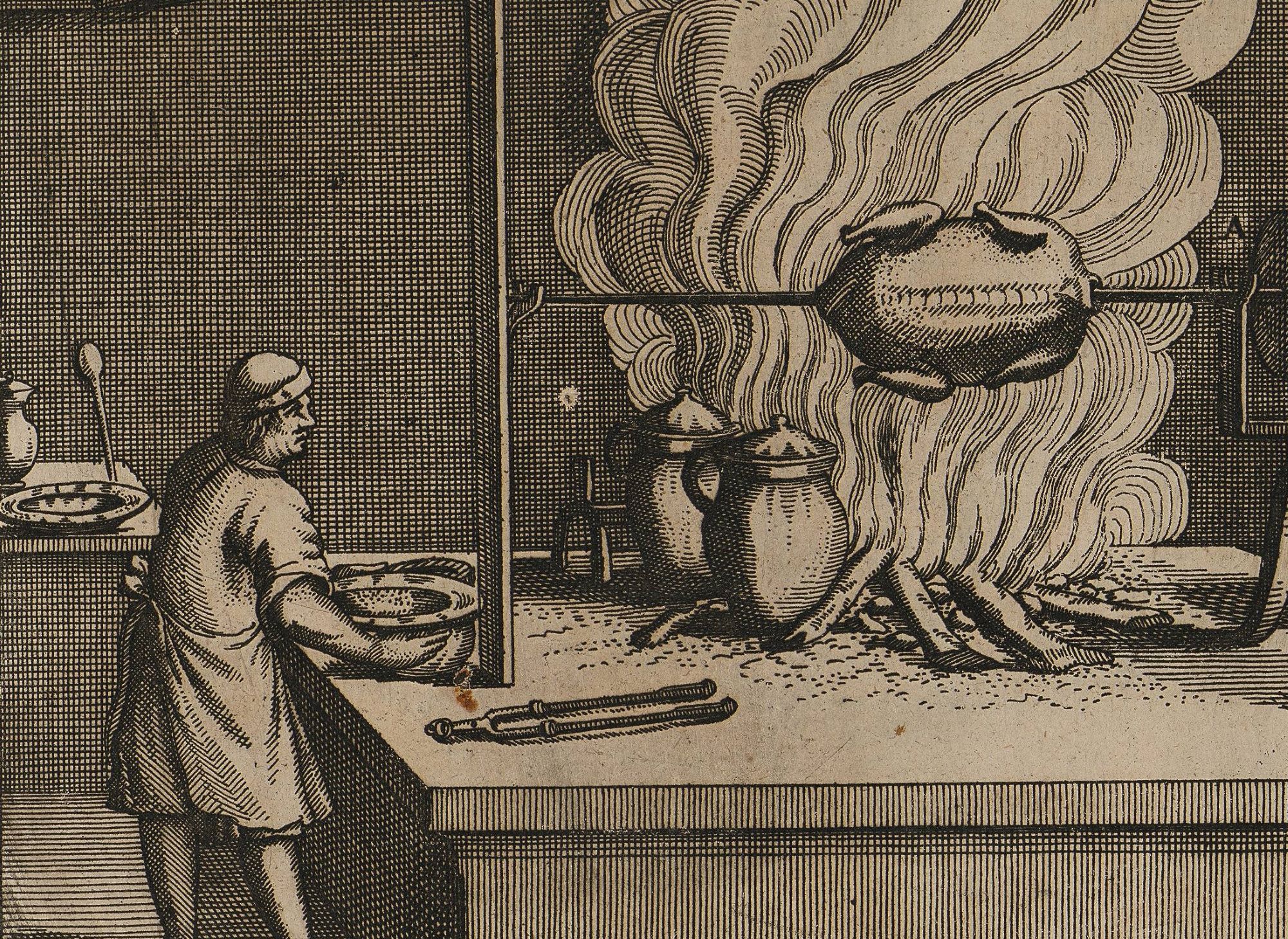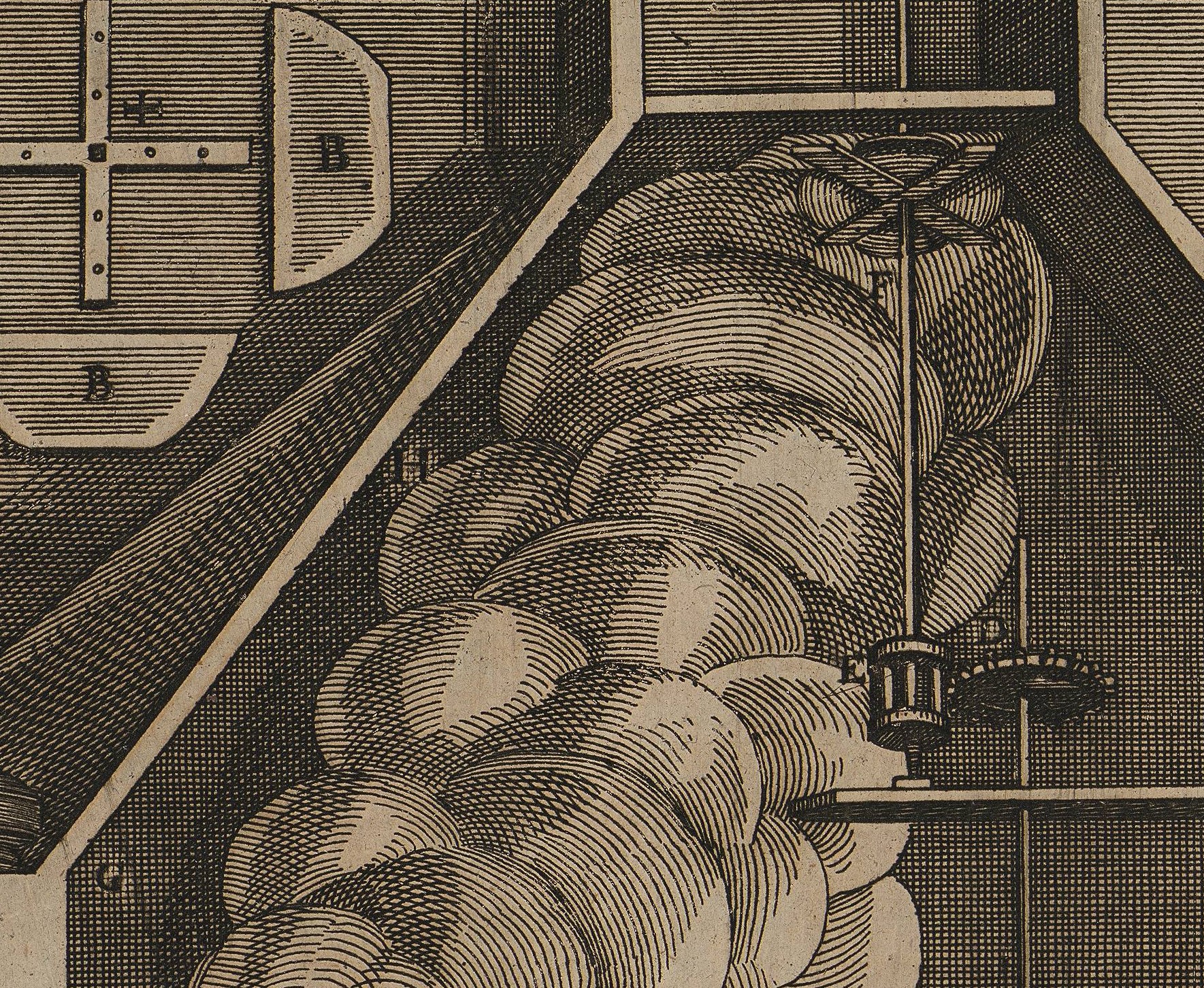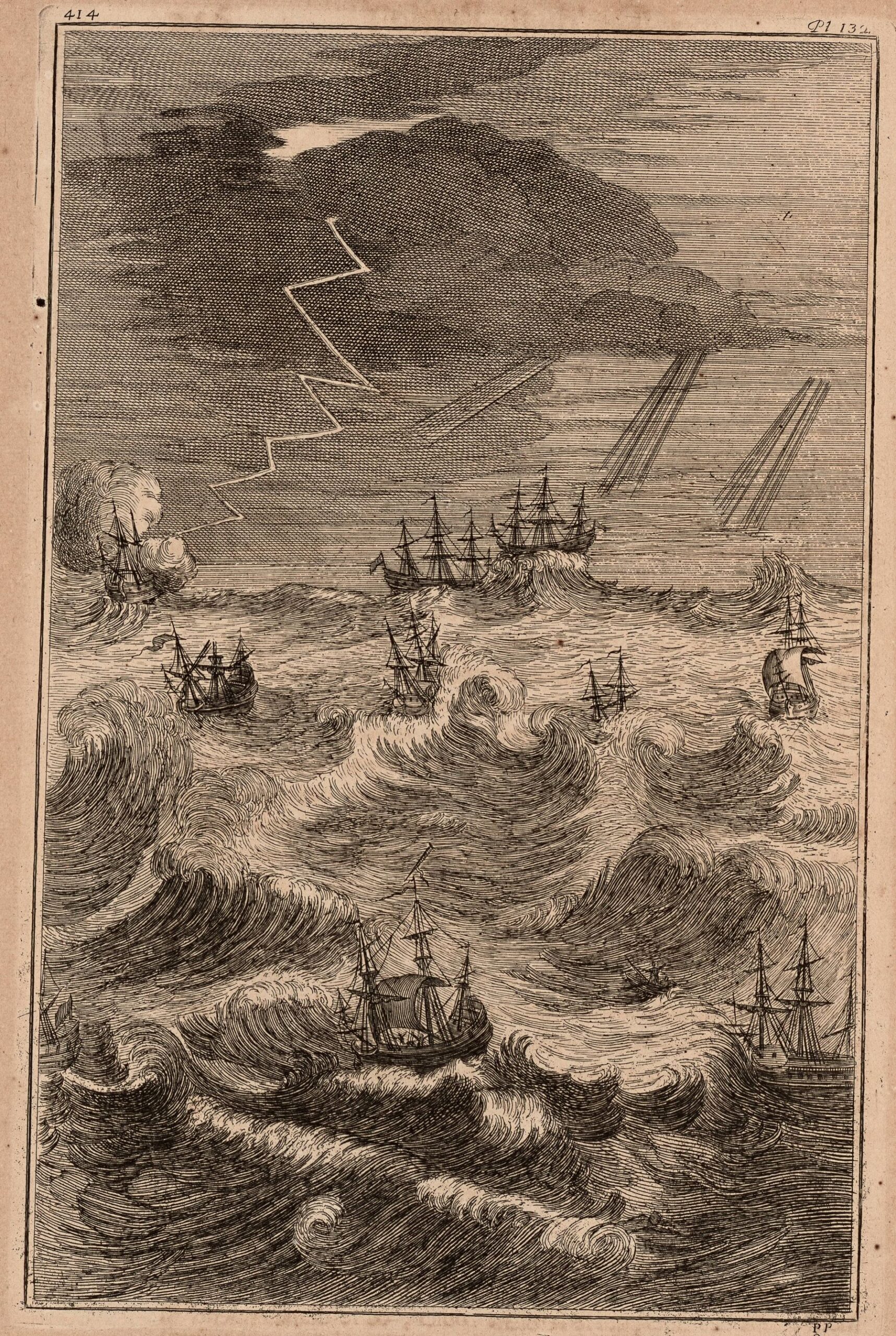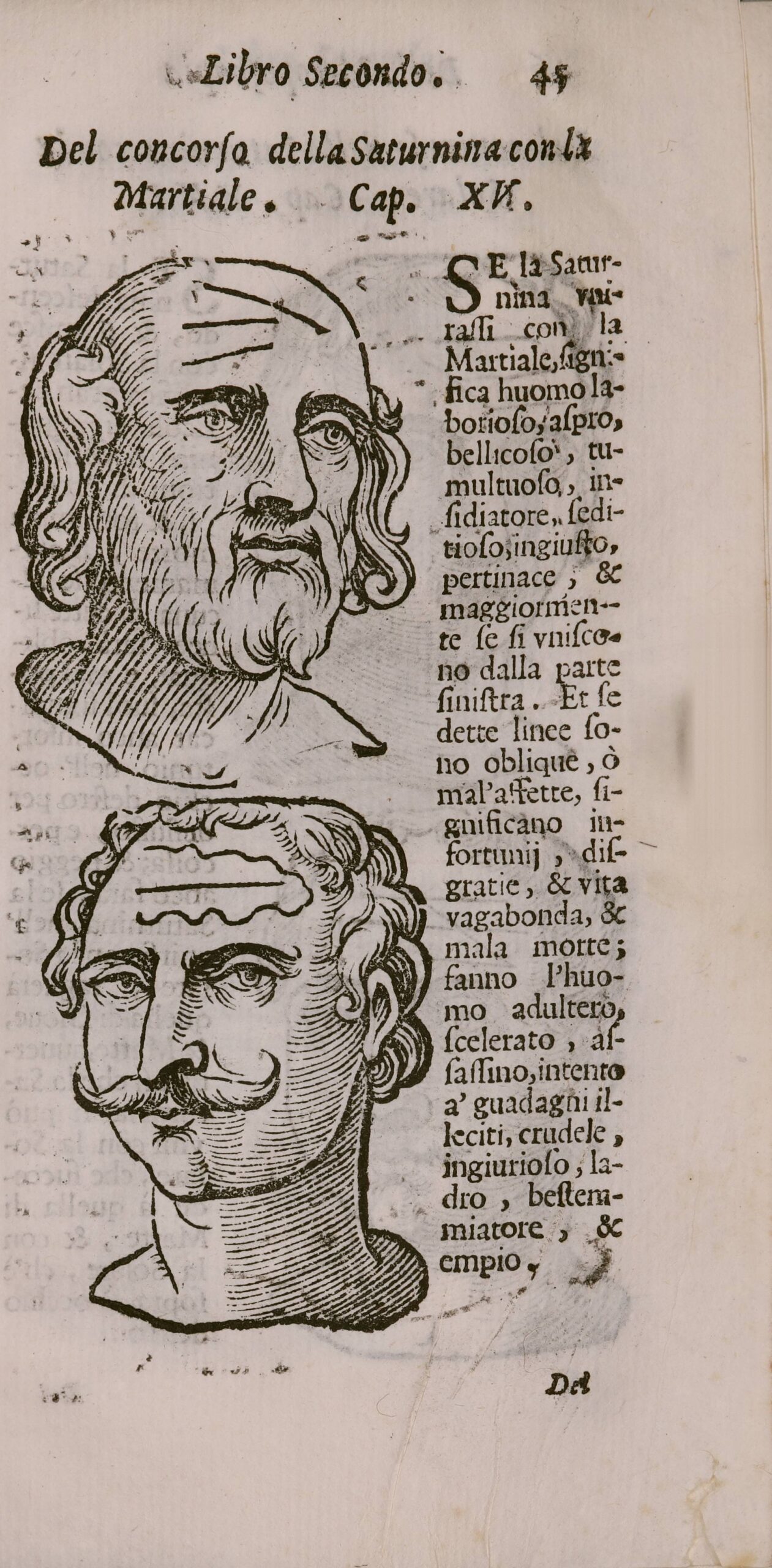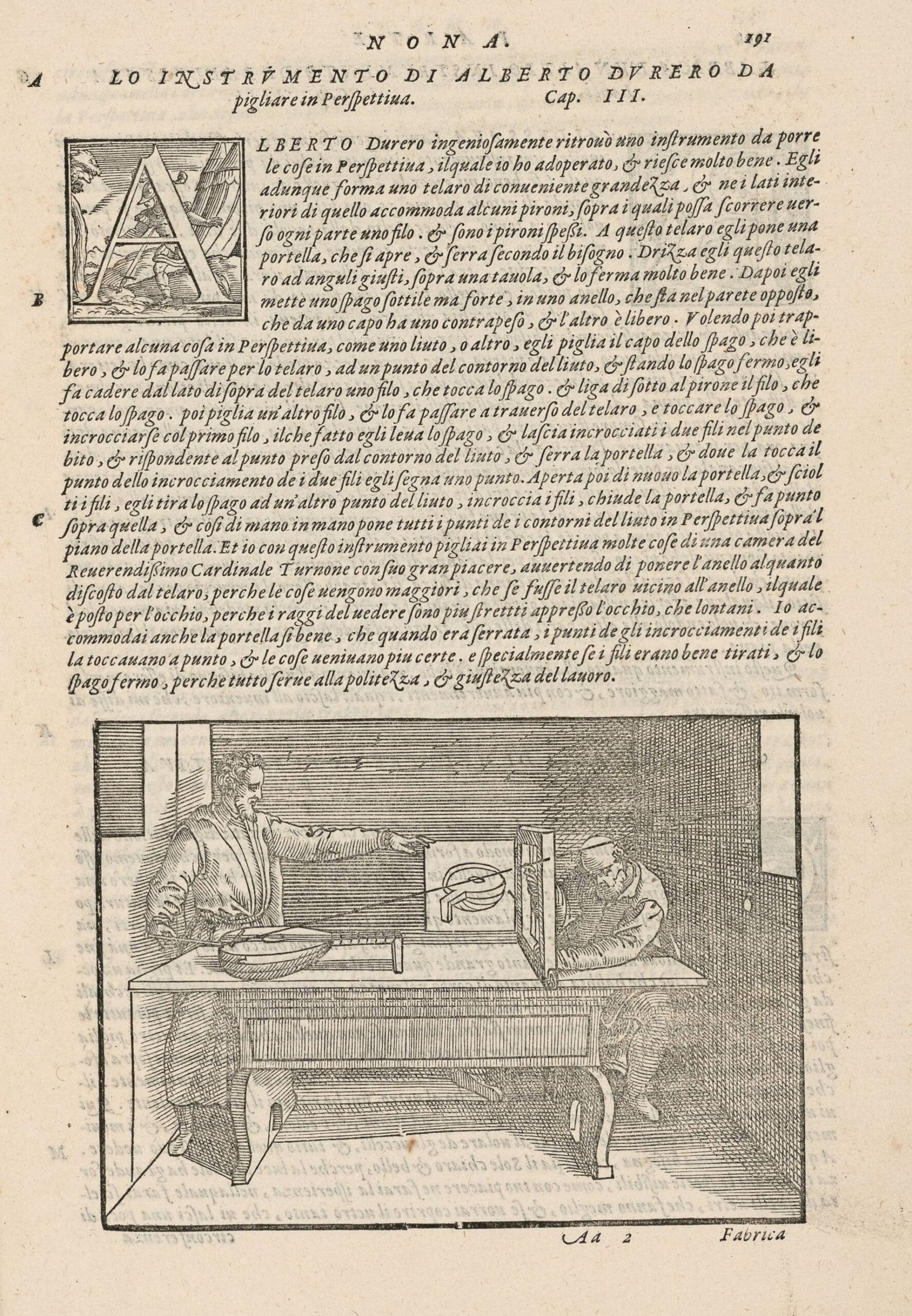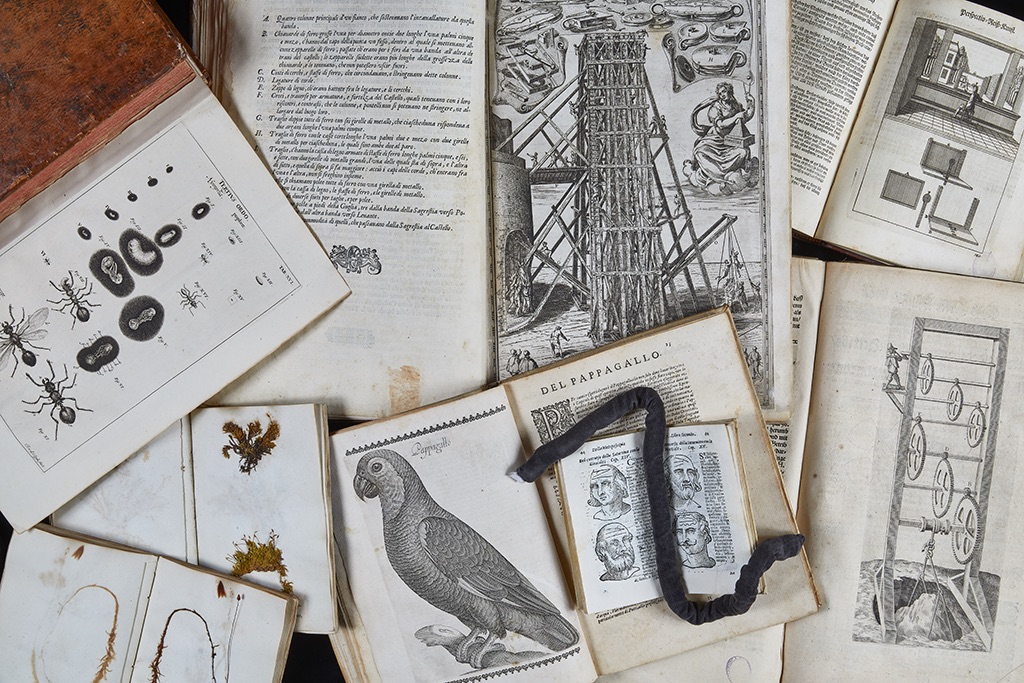
Photo: Enrico Fontalan
The researchers of the Max Planck Research Group Visualizing Science in Media Revolutions investigate the different ways in which science, and knowledge more broadly, was visualized in the early modern period (ca. 1500-1800). Some of the questions we ask are: How could images help to communicate scientific knowledge and practice? What kind of things were depicted? What needs visualization? Was it based on observation, imagination, or experience, or perhaps a combination of all three? Did content or form change over time? Did the medium of the image (drawing, woodcut, intaglio print) change how the information came to be communicated?
While our sources in manuscripts, printed books, drawings, and printed images are scattered throughout Europe and beyond, a large quantity of example can also be found in the rare book collection of the Bibliotheca Hertziana. It is therefore our pleasure to bring the readers of this online exhibition to Hertziana, and showcase both the collection and our research topics.
In foregrounding images, this exhibition is divided in five themes of visualization: scientific practices, seeing and hearing, the question of scale, proportions and harmonies, and (in)visible forces, with a final section on the techniques of making images. In each of these themes we juxtapose different images from different disciplines with similarities and differences, that help to understand how scientific concepts and practices were visualized. Making images, it turns out, was an essential part of doing science. We invite our virtual visitors to look with us at the interplay of artists and scientists, and knowledge and esthetics. Artists and artisans crafted these images through the lines drawn on paper or cut in copper. What can the images tell us now as modern readers and observers about the connections between visual pedagogies and scientific communication?
Science and art were two intertwined knowledge fields in the early modern period. Scientific practitioners, from alchemists to physicians to silversmiths, were all indebted to a combination of skill and knowledge, some learned through reading books, others by doing. In the processes of learning, reporting, and communicating this knowledge images were essential. They show us everything from diagrams that try to depict magnetic force by means of arrows, to elaborate frontispiece that provides a preview of what lies ahead for the reader. Rather than mere “illustrations”, images were central to thinking in the early modern sciences and arts. The medium of print had a major impact on the dissemination of (visual) information, and also meant that visual strategies could travel farther and faster, and could therefore be picked across different fields and in various corners of the world almost simultaneously. We look at these developments through the lens of five wider themes: scientific practices, seeing and hearing, the question of scale, proportions and harmonies, and (in)visible forces.
[posts_by_id ids=“994, 1005,1008, 1020, 1022, 1027″]
Further reading:
- Bredekamp, Horst, Vera Dünkel and Birgit Schneider, eds. The Technical Image: A History of Styles in Scientific Imagery. Chicago: University of Chicago Press, 2015.
- Daston, Lorraine and Peter Galison. Objectivity. New York: Zone Books, 2007.
- Jardine, Nicholas and Isla Fay, eds. Observing the World through Images: Diagrams and Figures in the Early-Modern Sciences and Arts. Leiden: Brill, 2014.
- Kusukawa, Sachiko. Picturing the Book of Nature. Chicago: Chicago University Press, 2012.
- Marr, Alexander. “Knowing Images.” Renaissance Quarterly 69, no. 3 (2016): 1000–1013.
- Payne, Alina, ed. Vision and Its Instruments: Art, Science, and Technology in Early Modern Europe. University Park, PE: Pennsylvania State University Press, 2015.
- Smets, Alexis and Christoph Lüthy. “Words, Lines, Diagrams, Images: Towards a History of Scientific Imagery.” Early Medicine and Science 14 (2009): 398–439.
Impressum:
- Project: Max Planck Research Group Visualizing Science in Media Revolutions
- Curation: Sietske Fransen, Leendert van der Miesen, Ariella Minden
- Coordination: Sietske Fransen, Leendert van der Miesen
- Texts: Sietske Fransen, Leendert van der Miesen, Ariella Minden, Christoph Sander
- Online realization: Alexander Drummer, Hanna Sophie Stegemann
- Cover photo: Enrico Fontolan
- Digitalization: Paola Filatro, Cathaysa Santana, and Anna Wilkens

